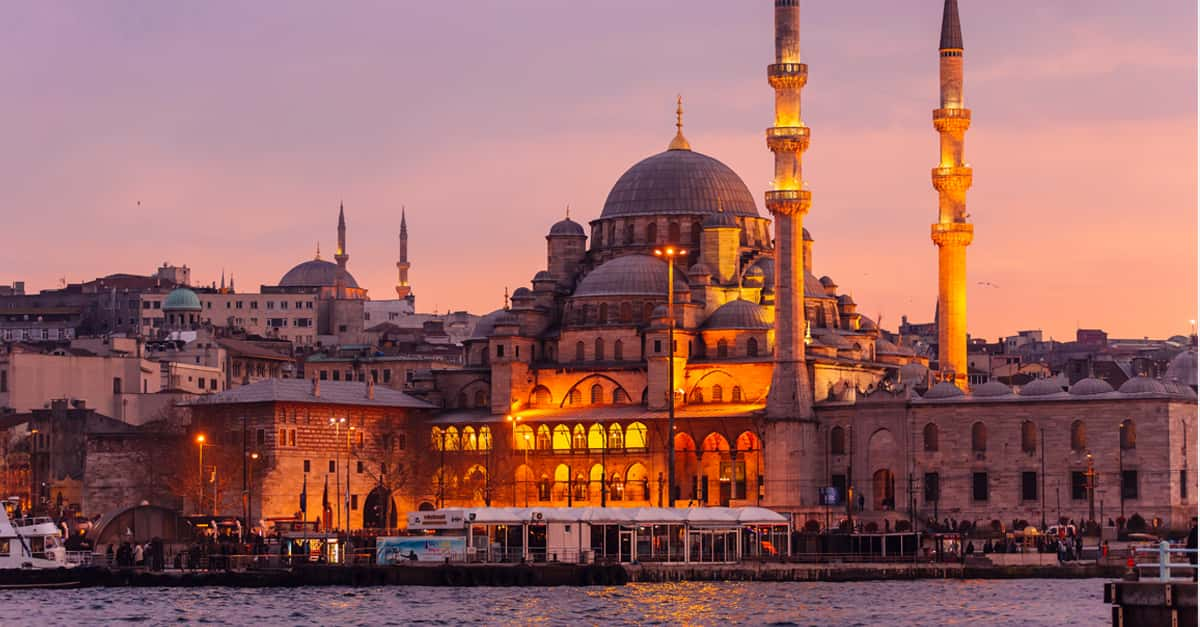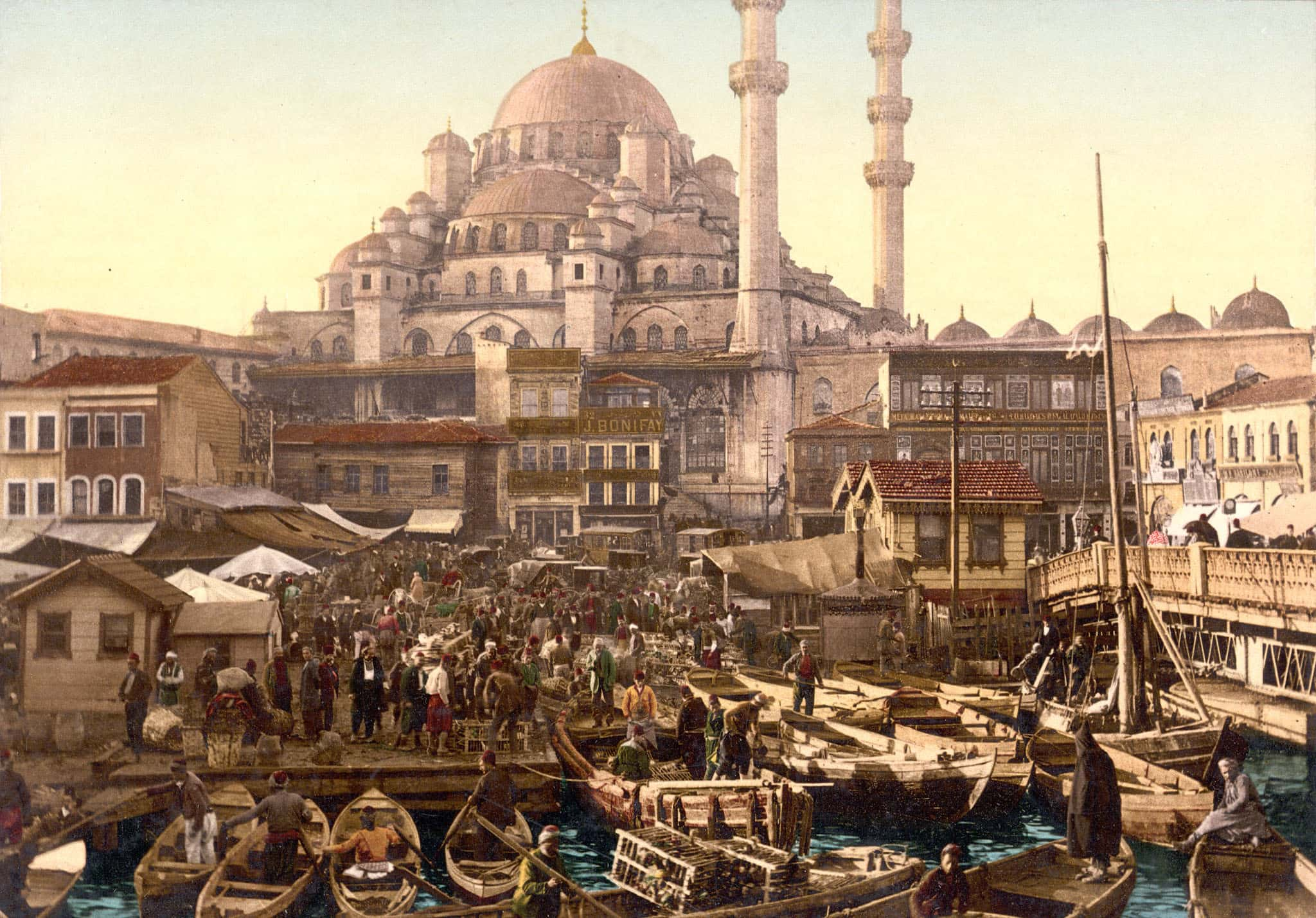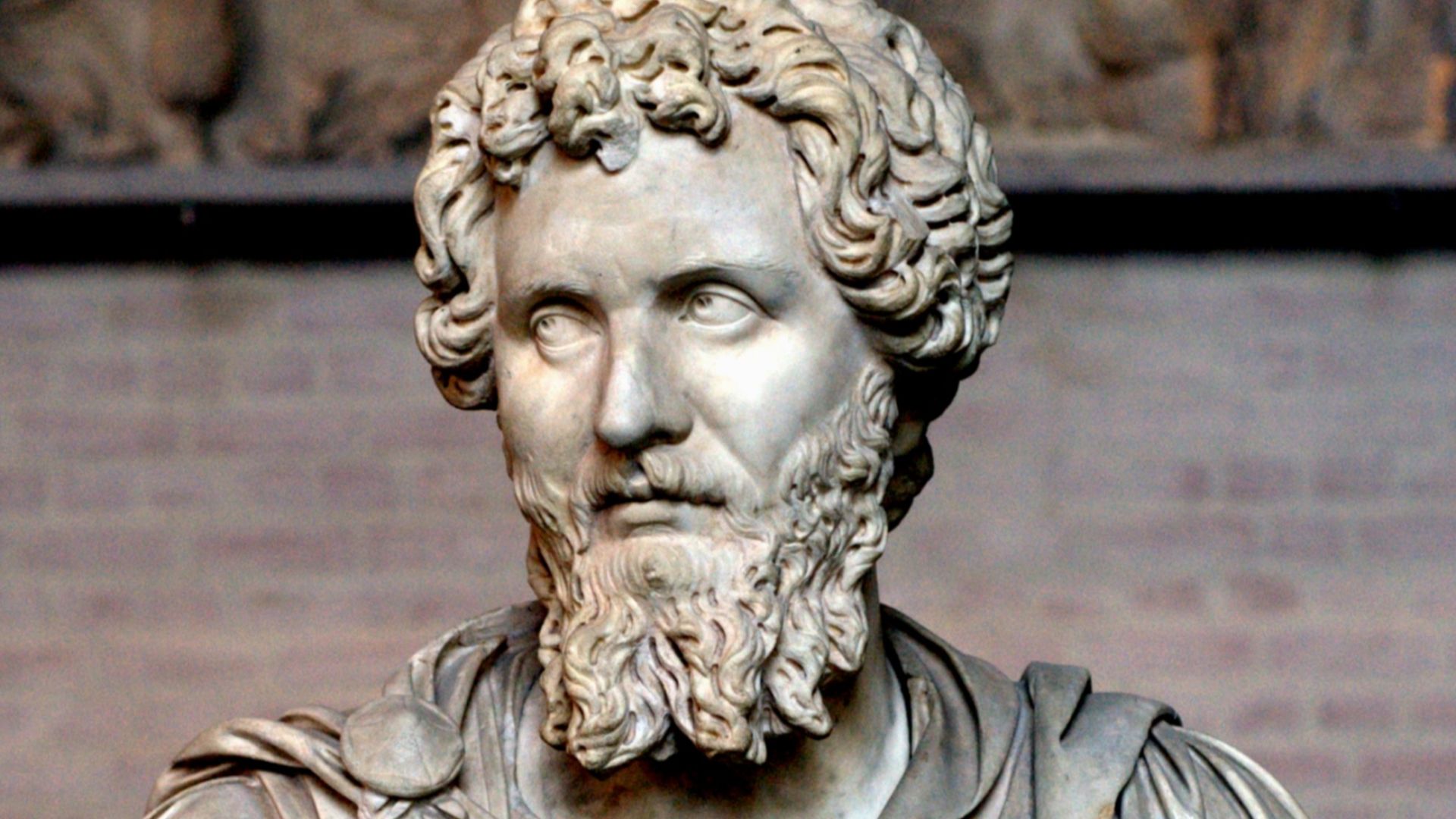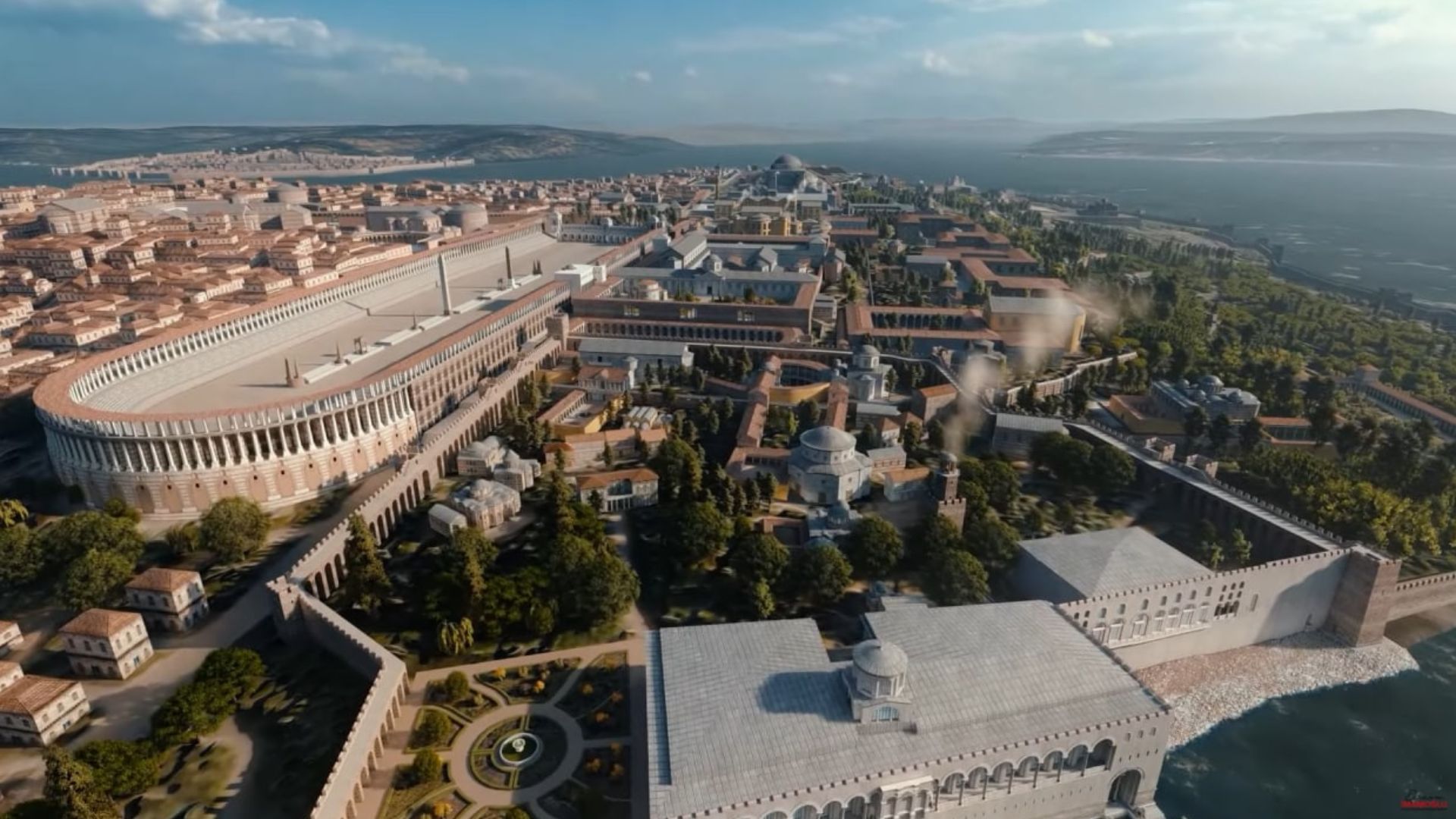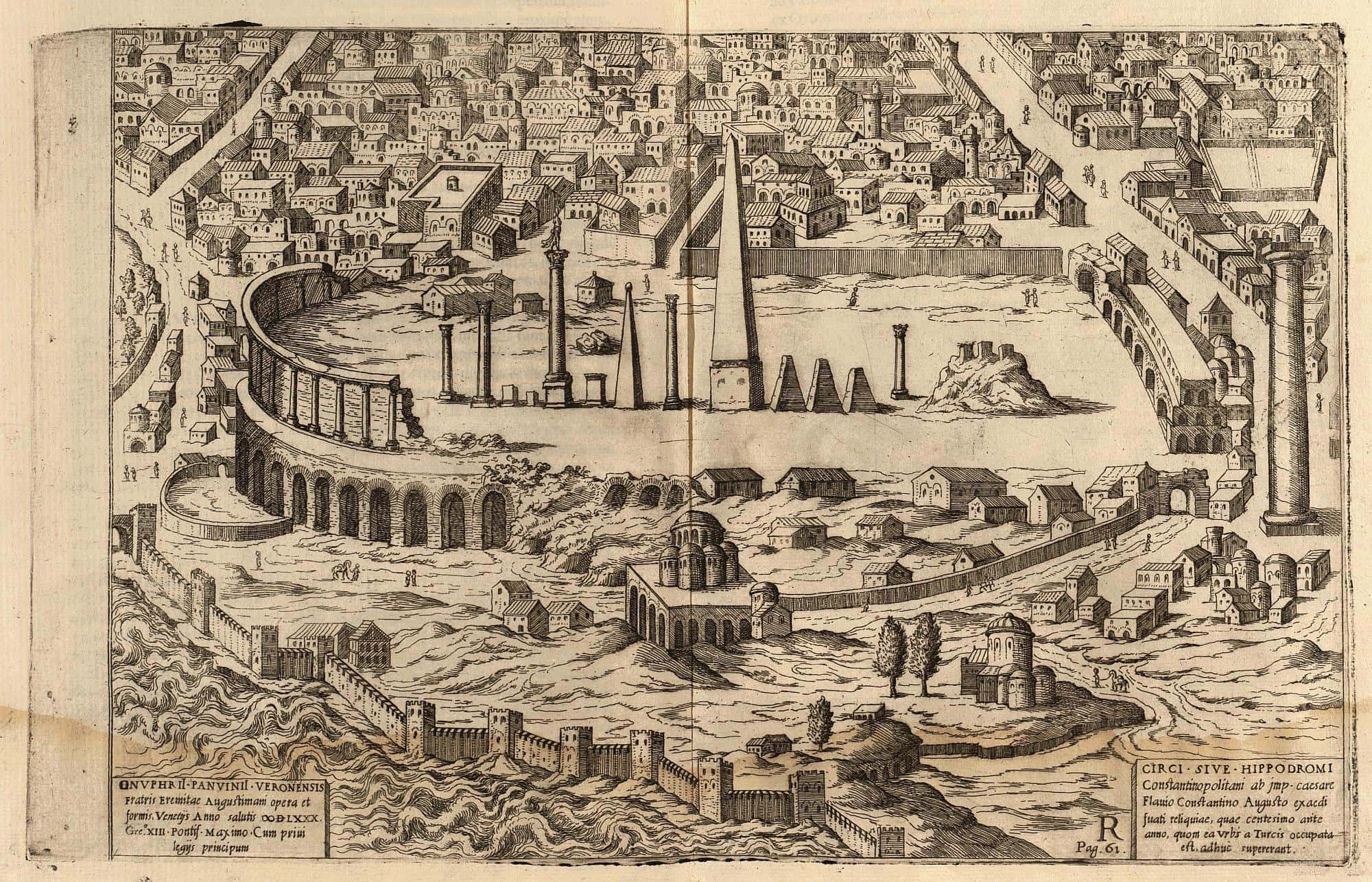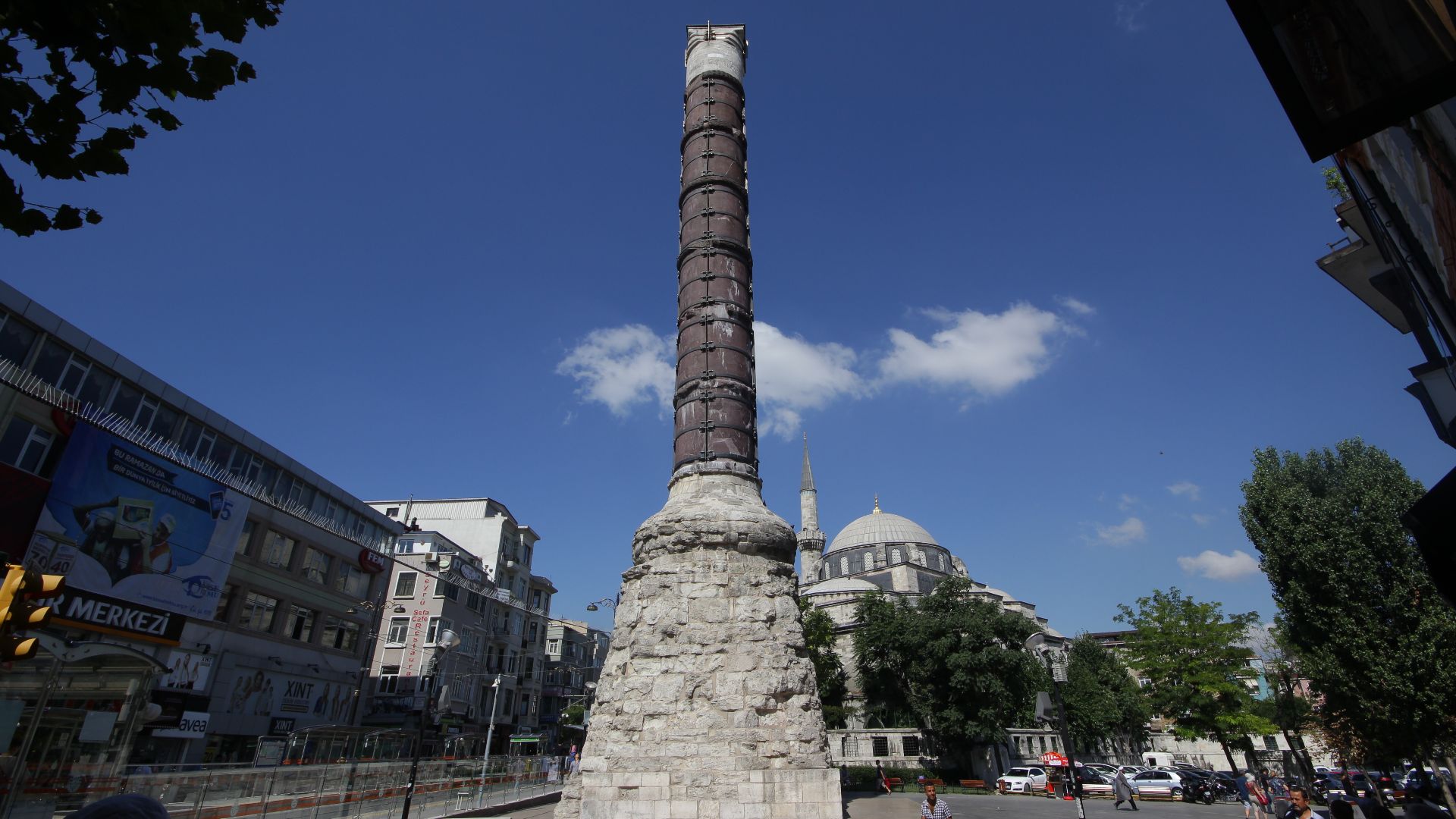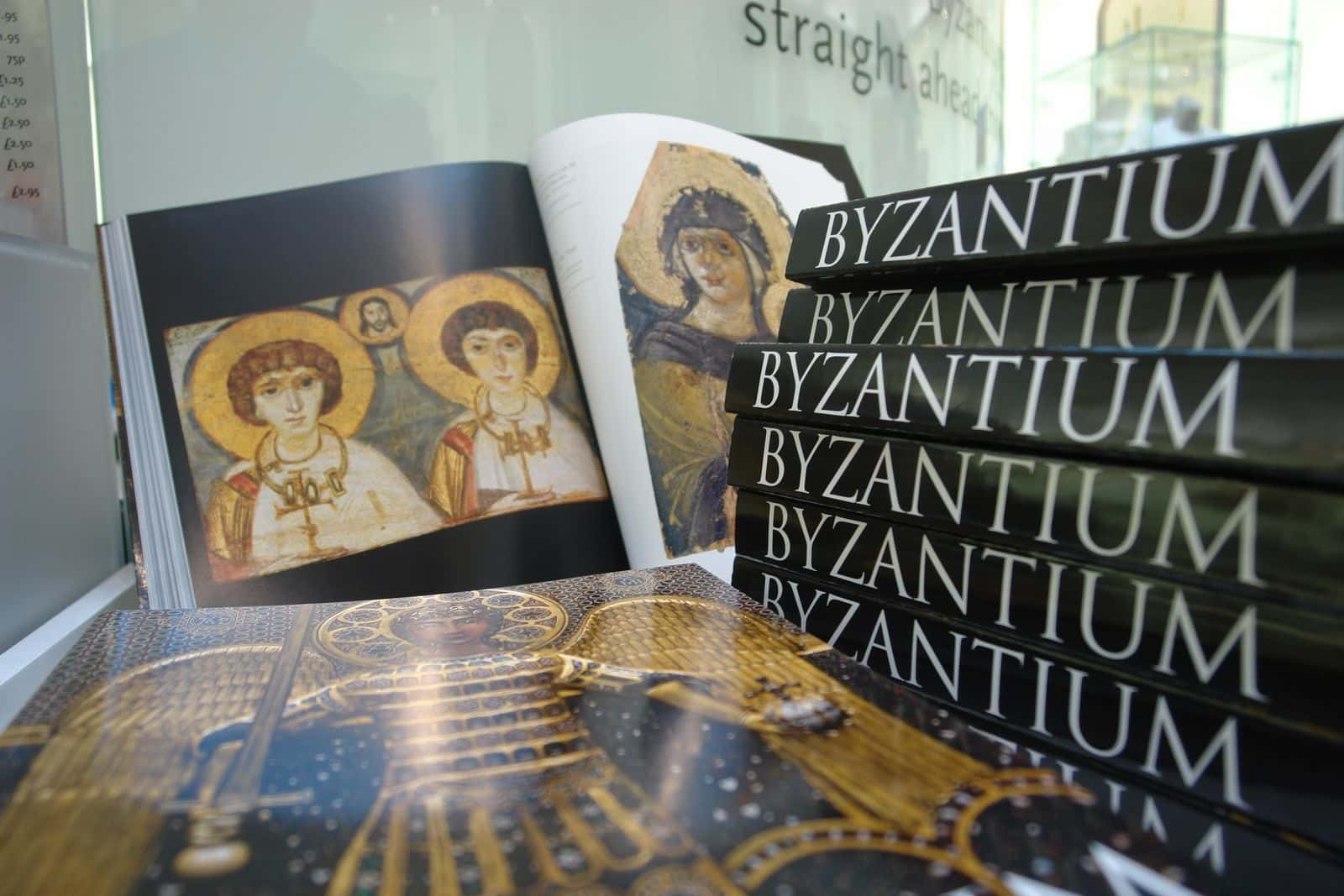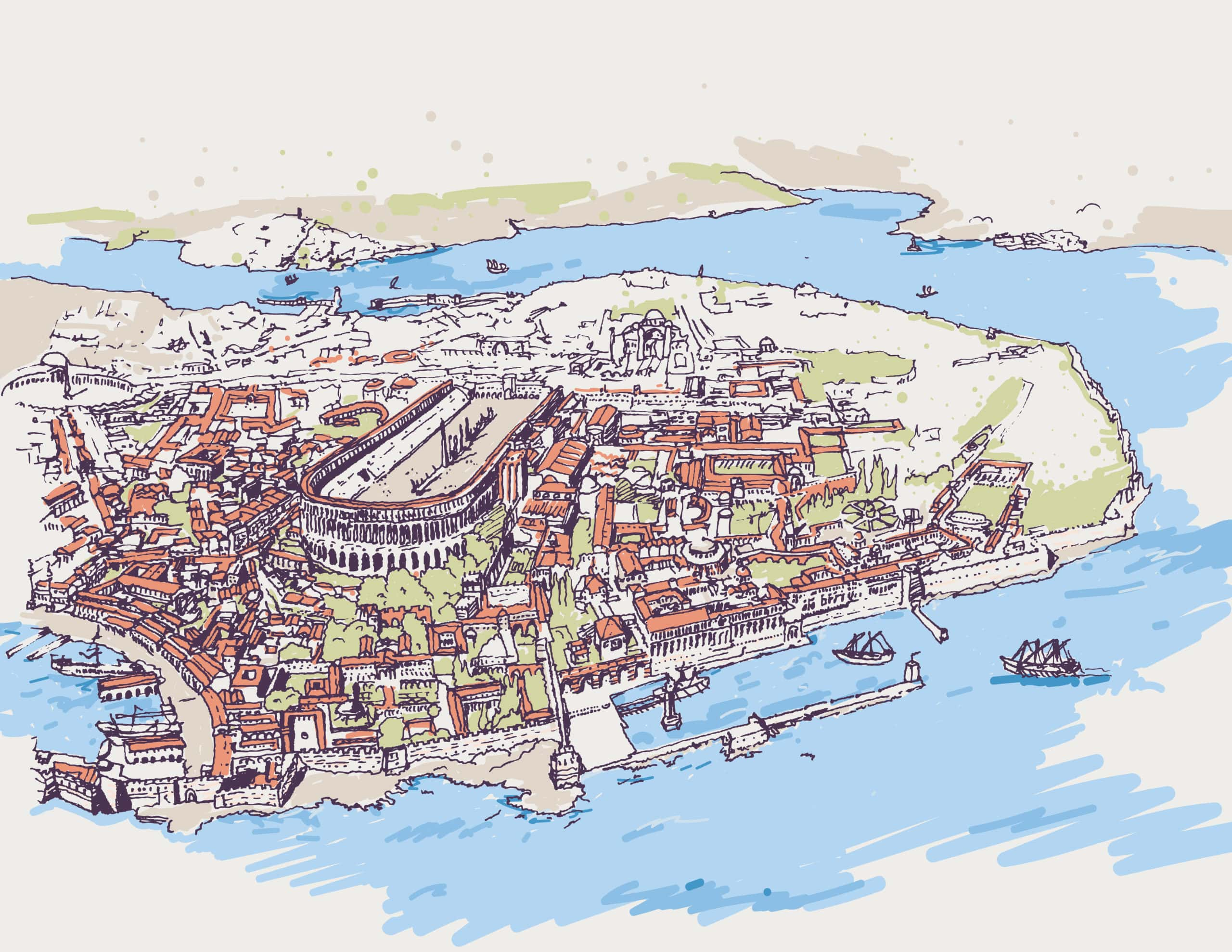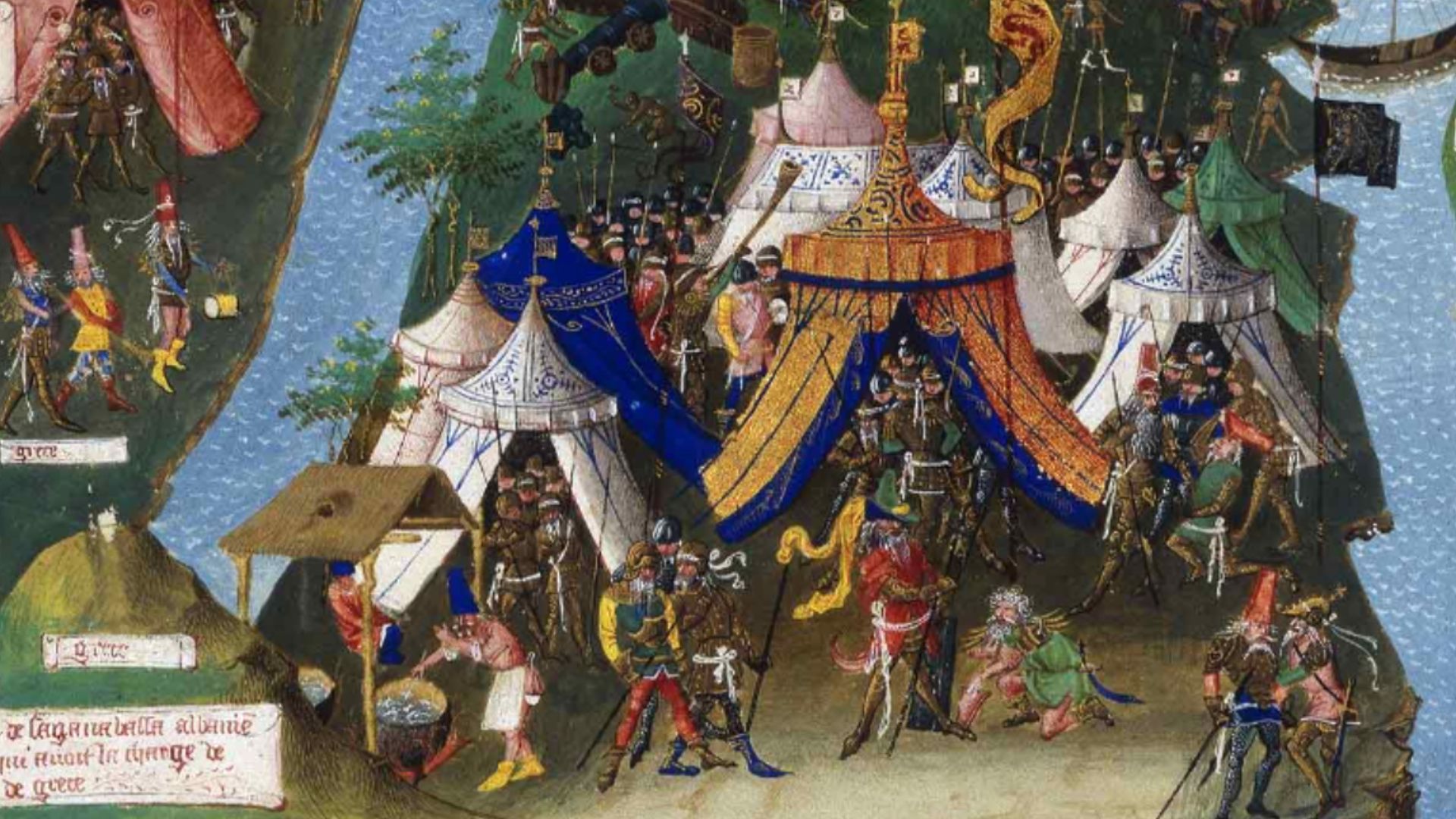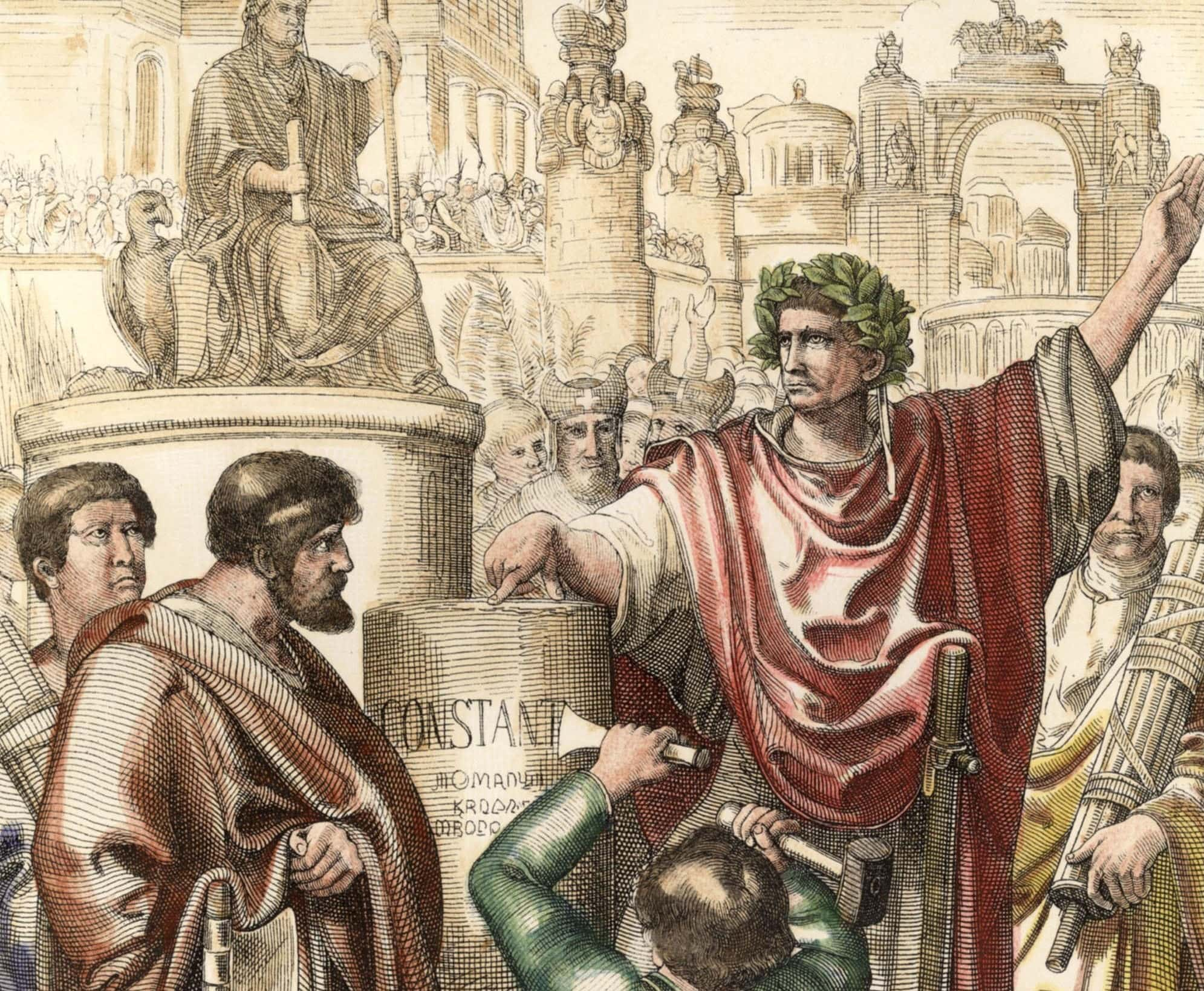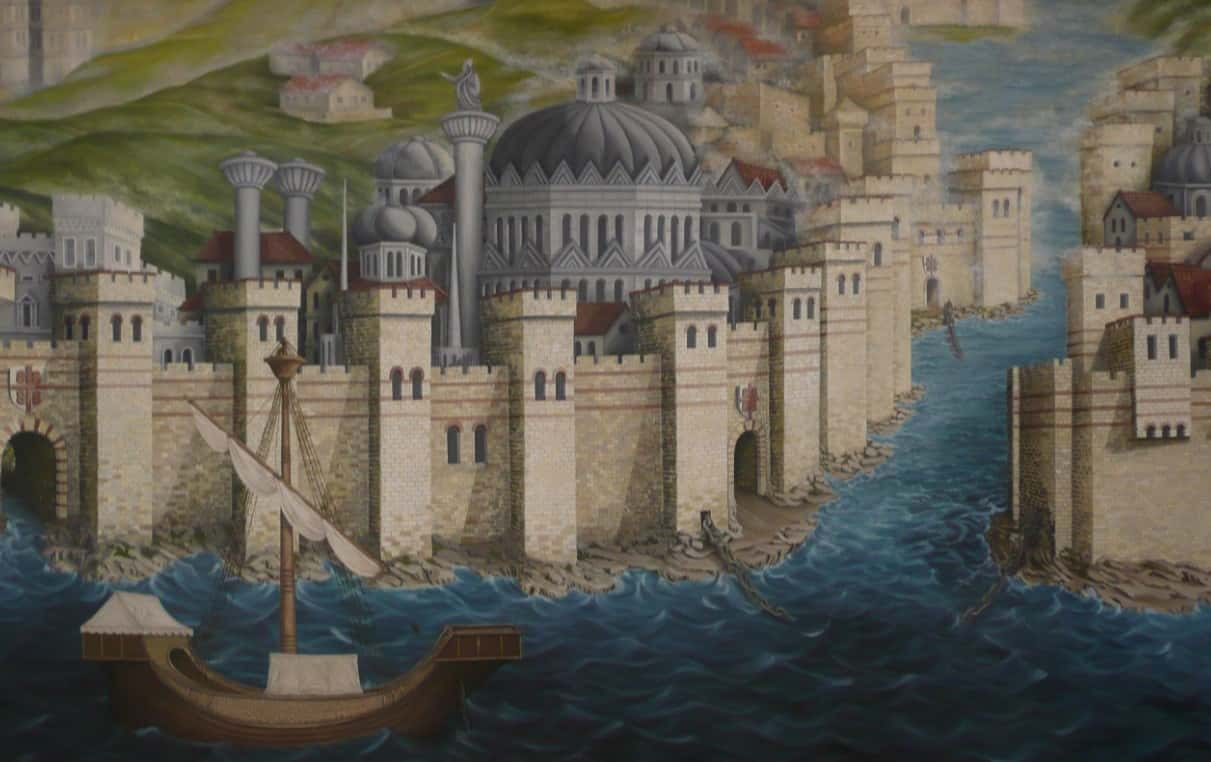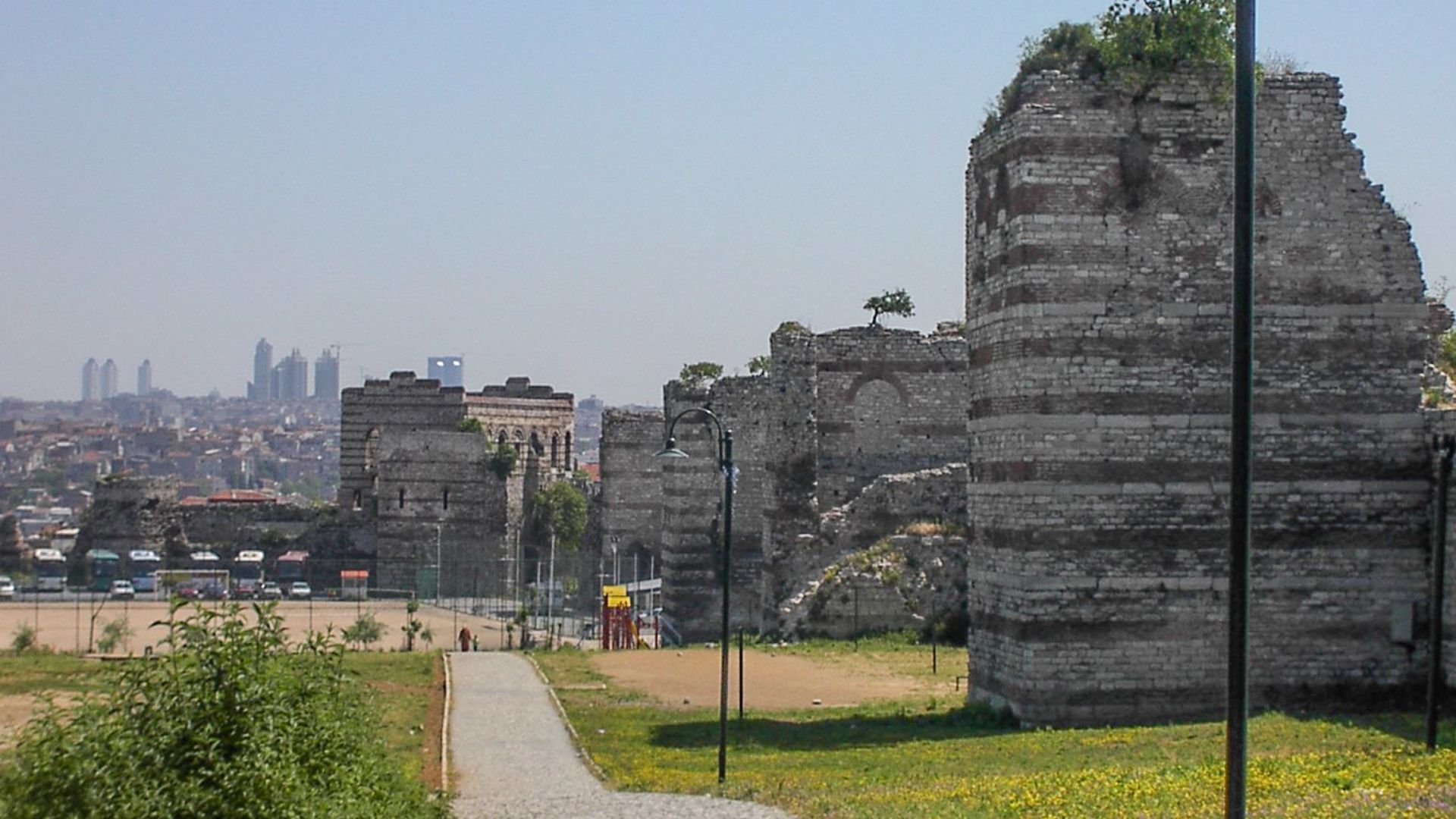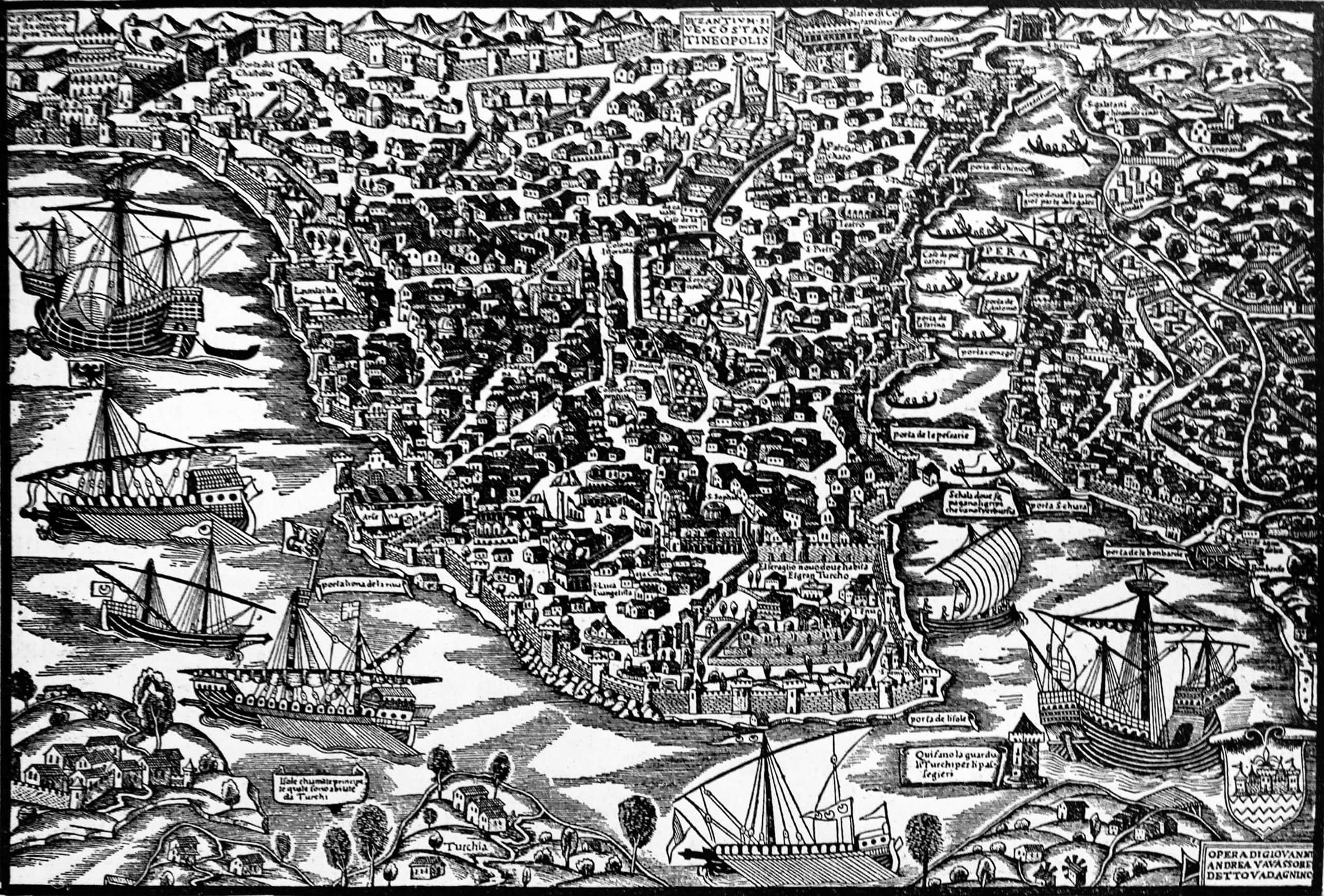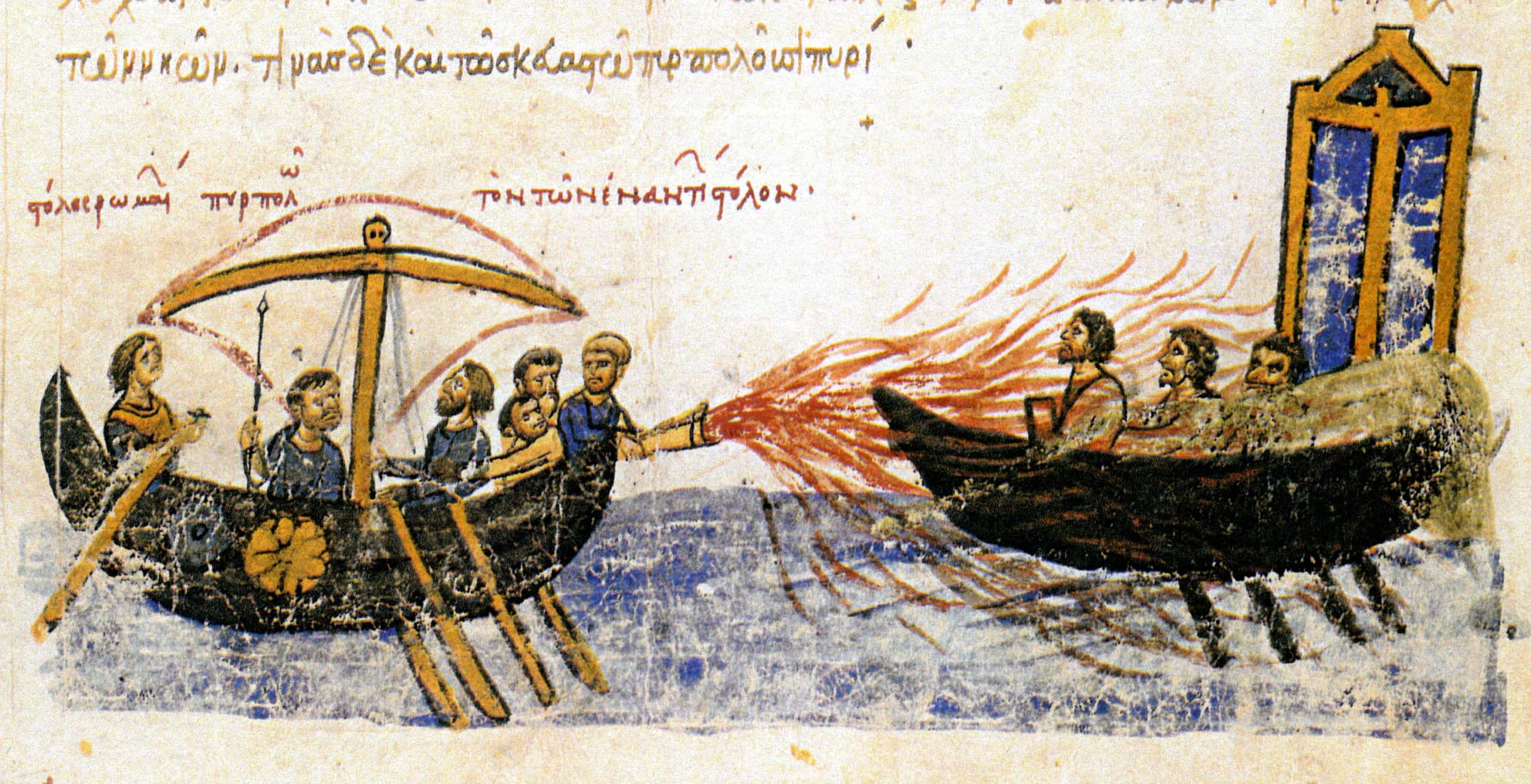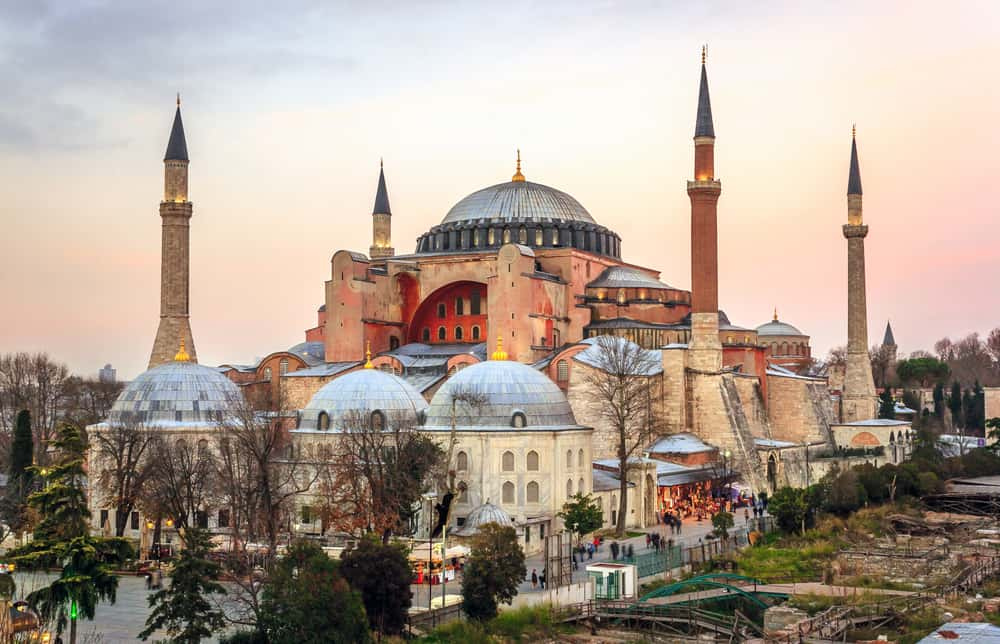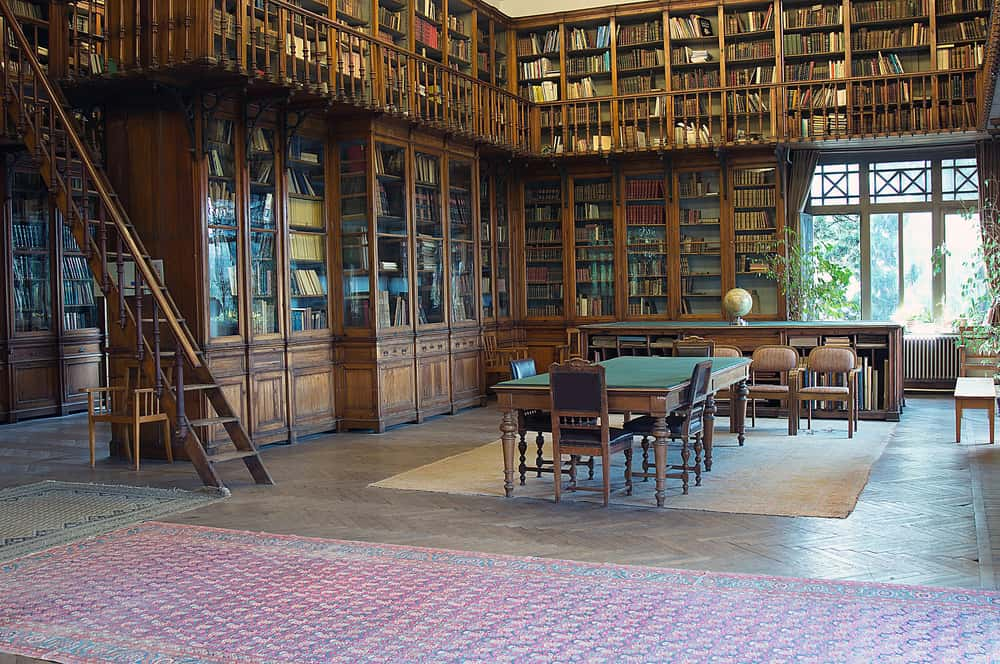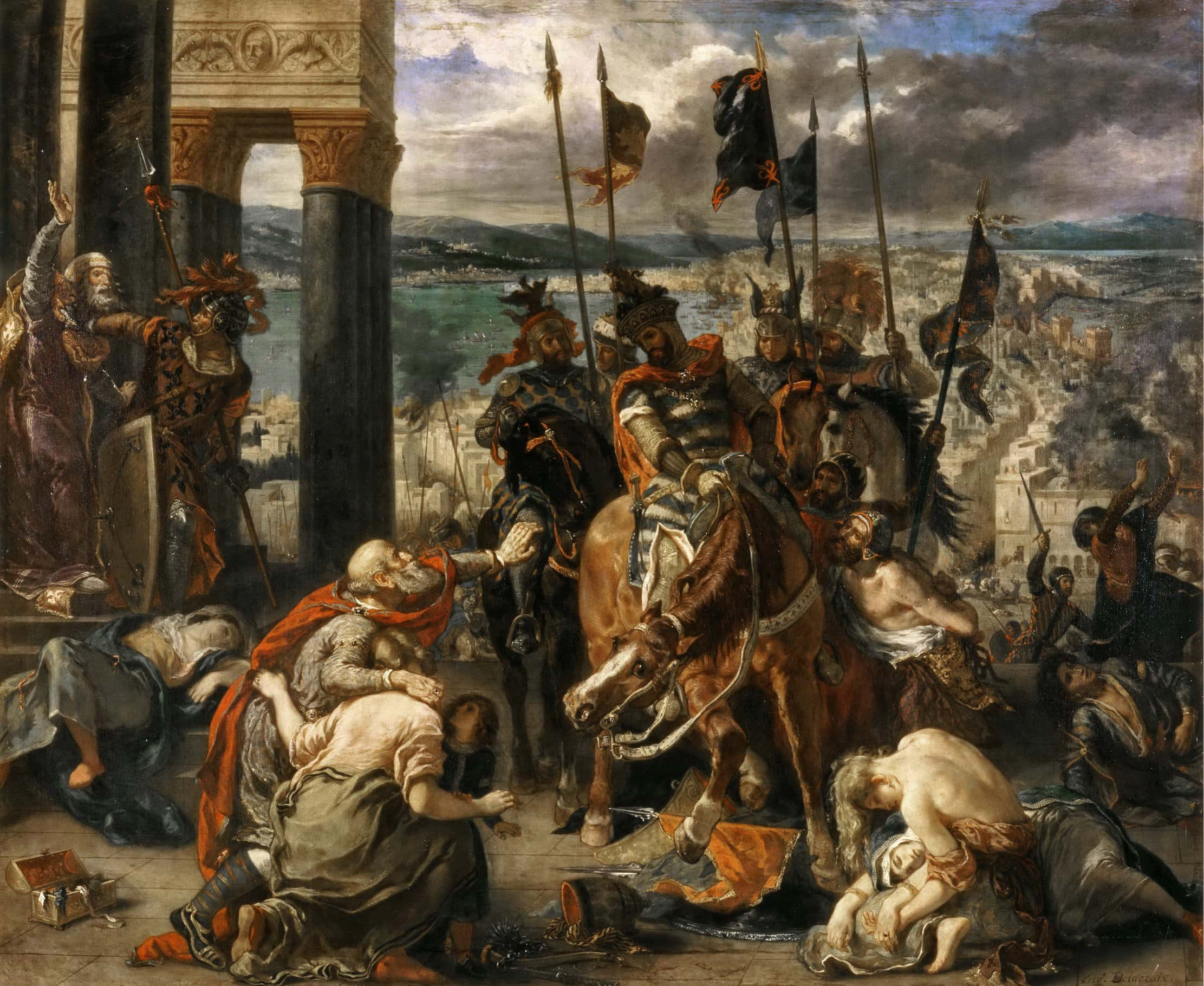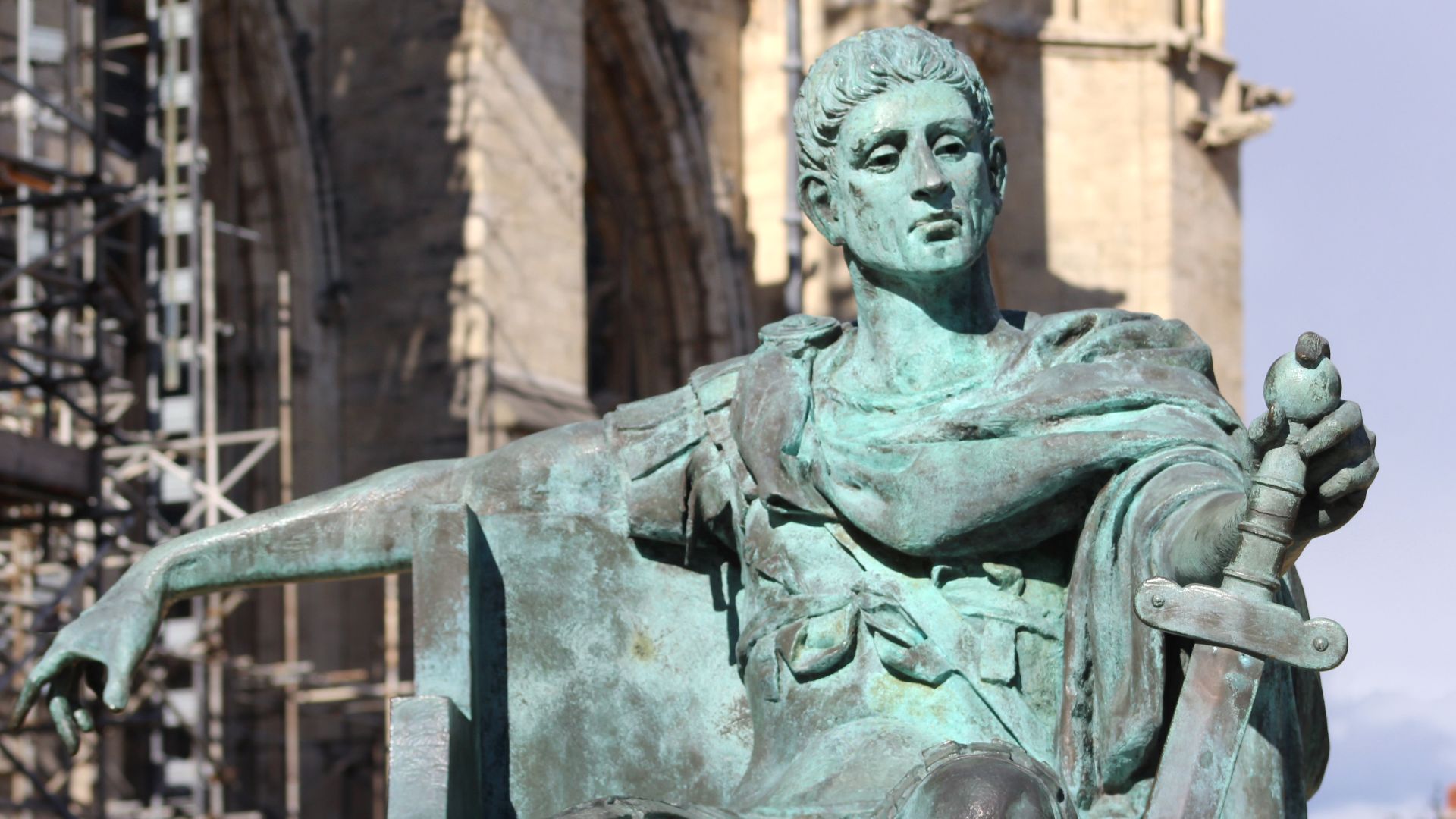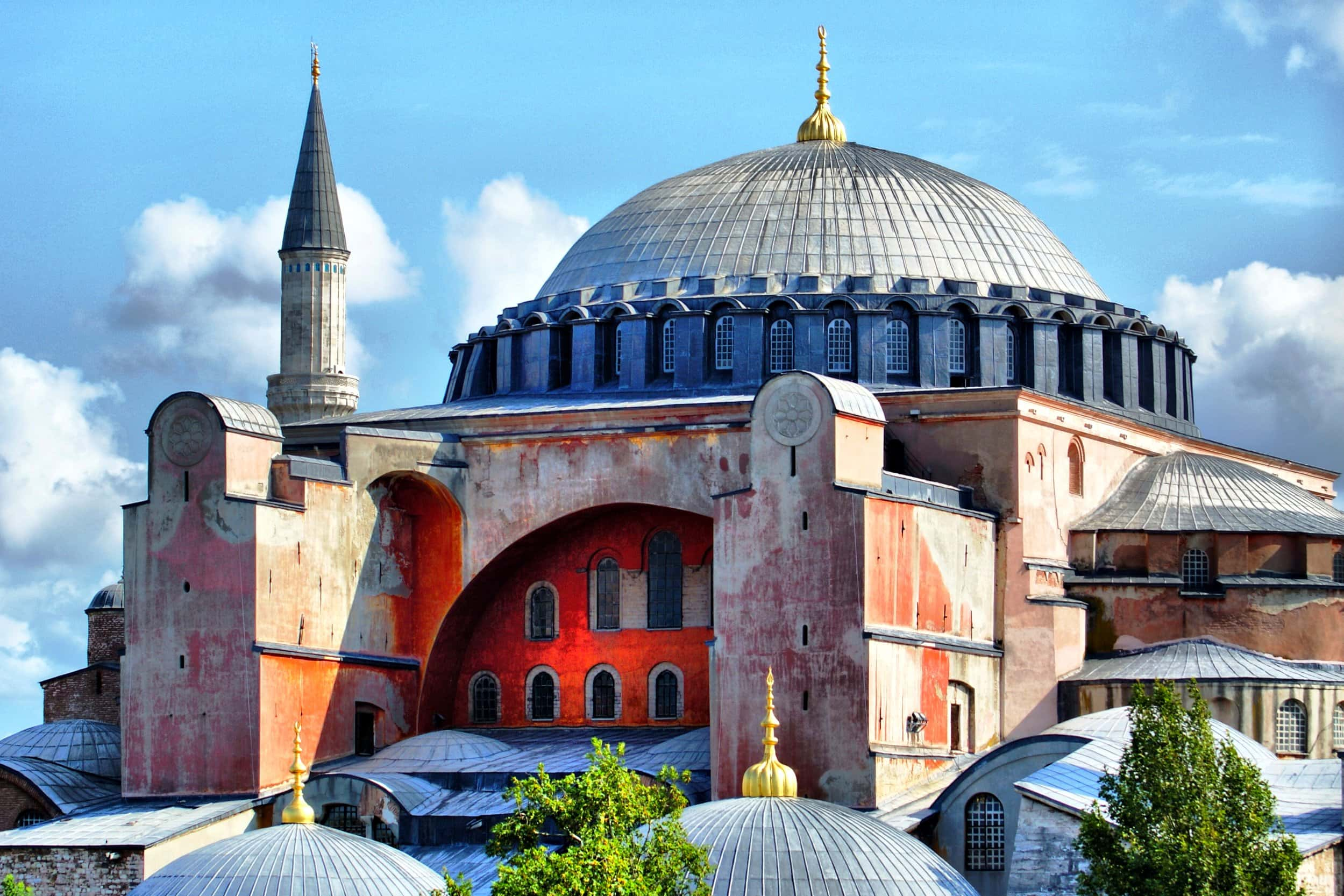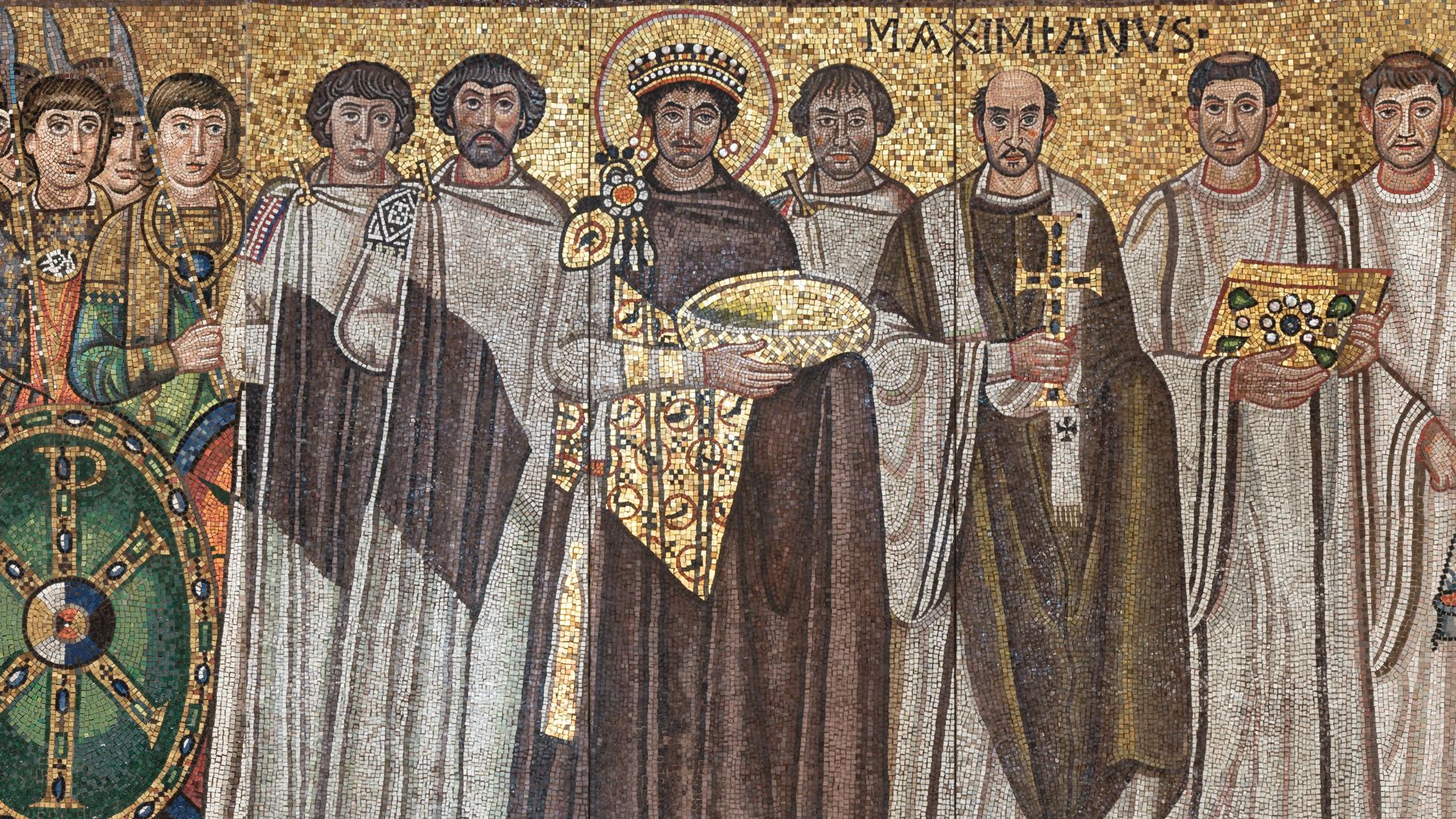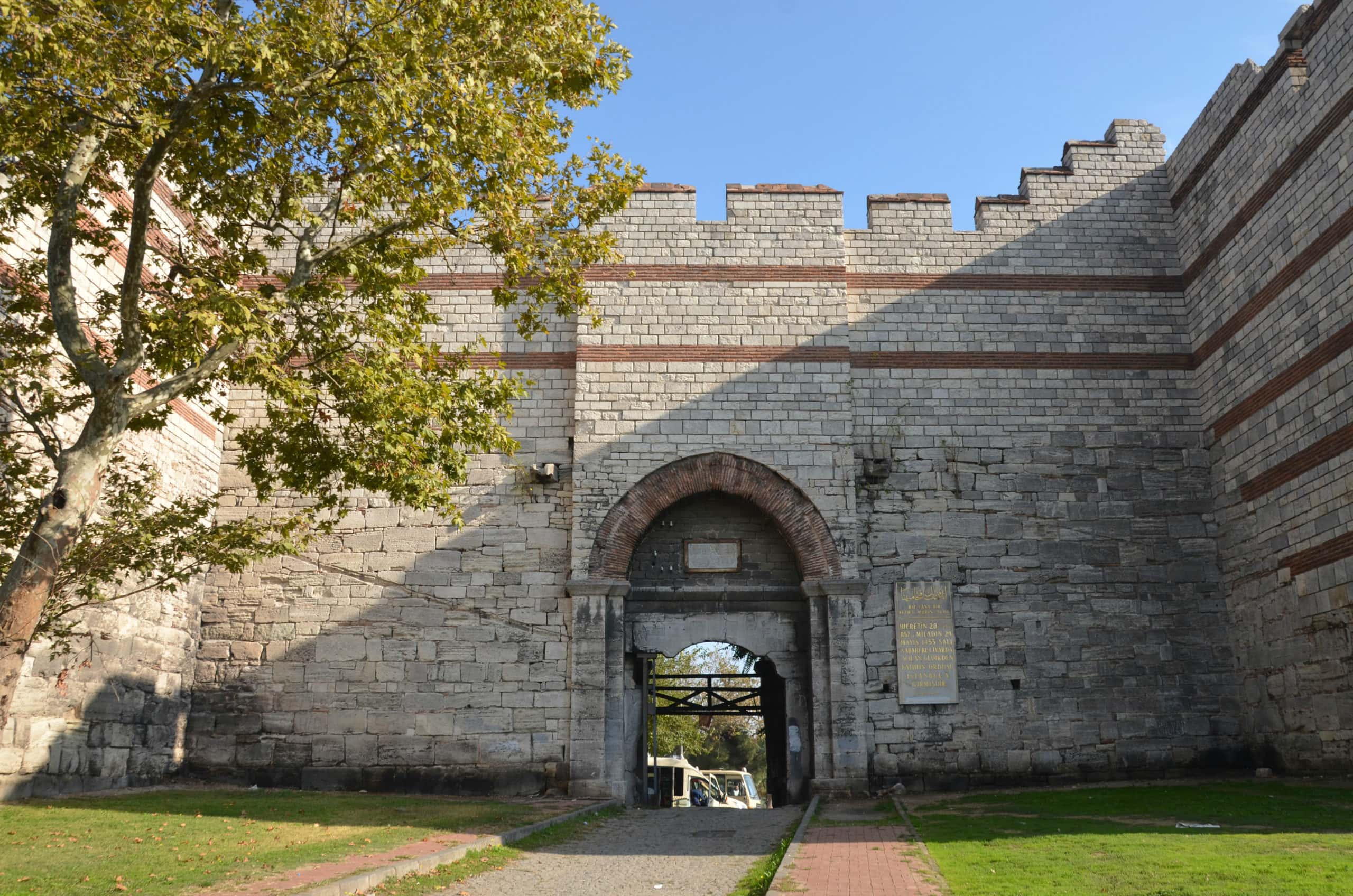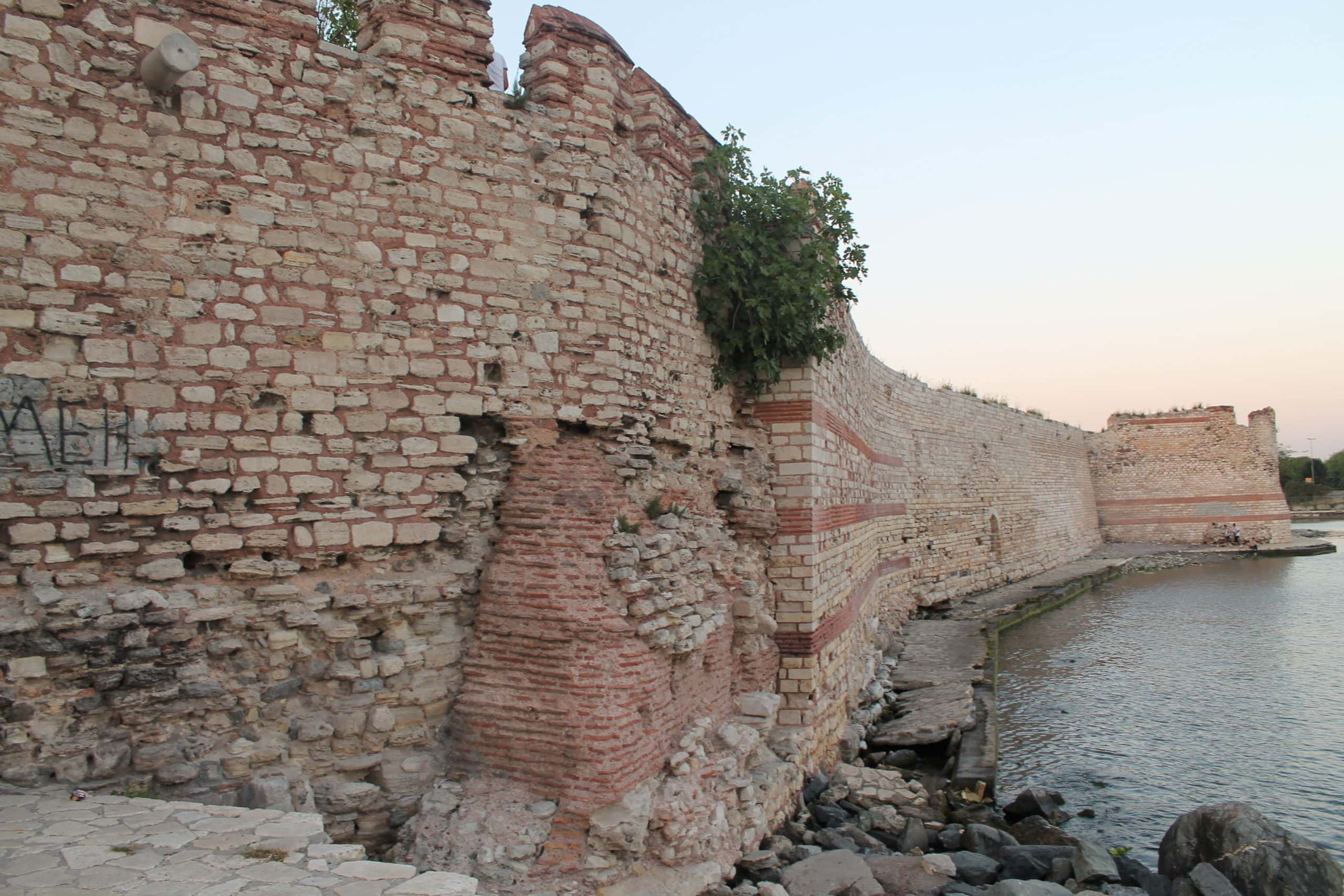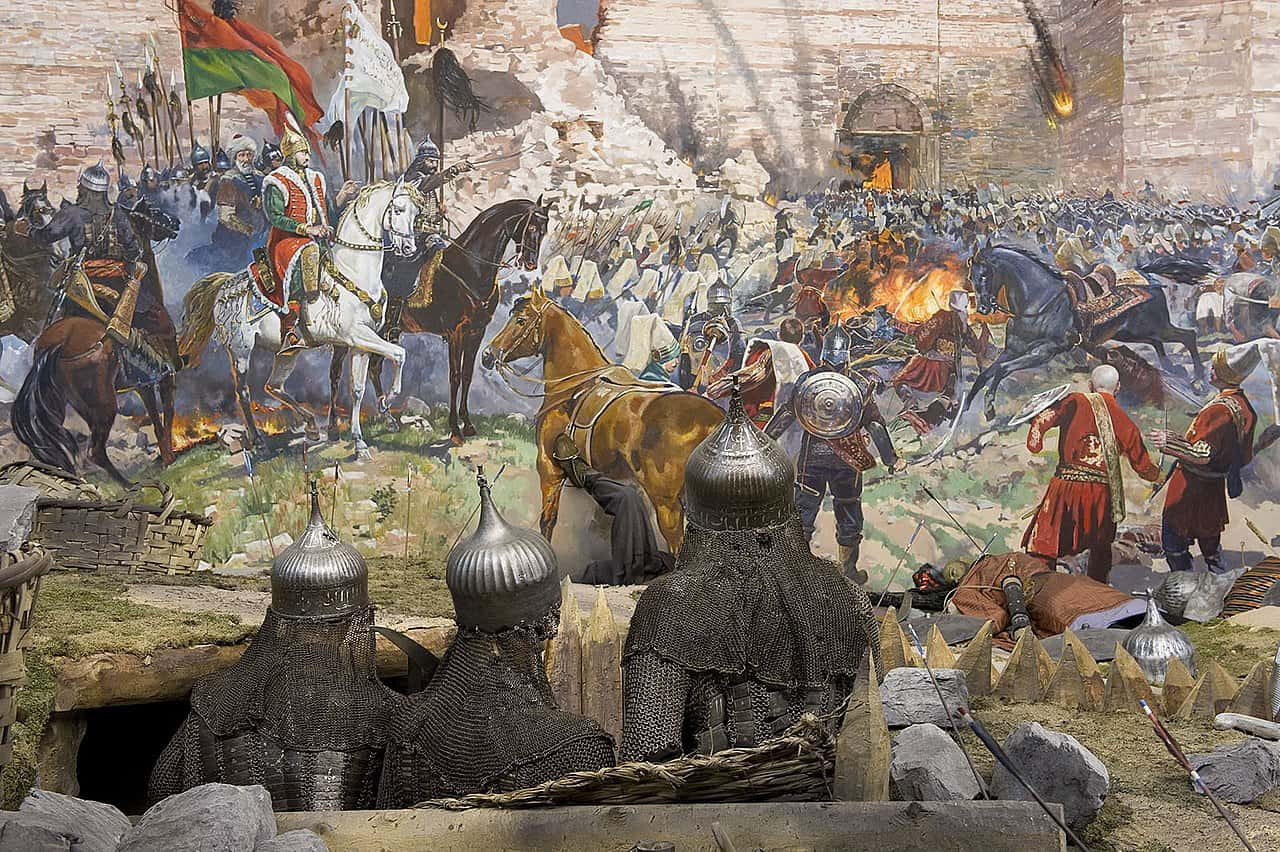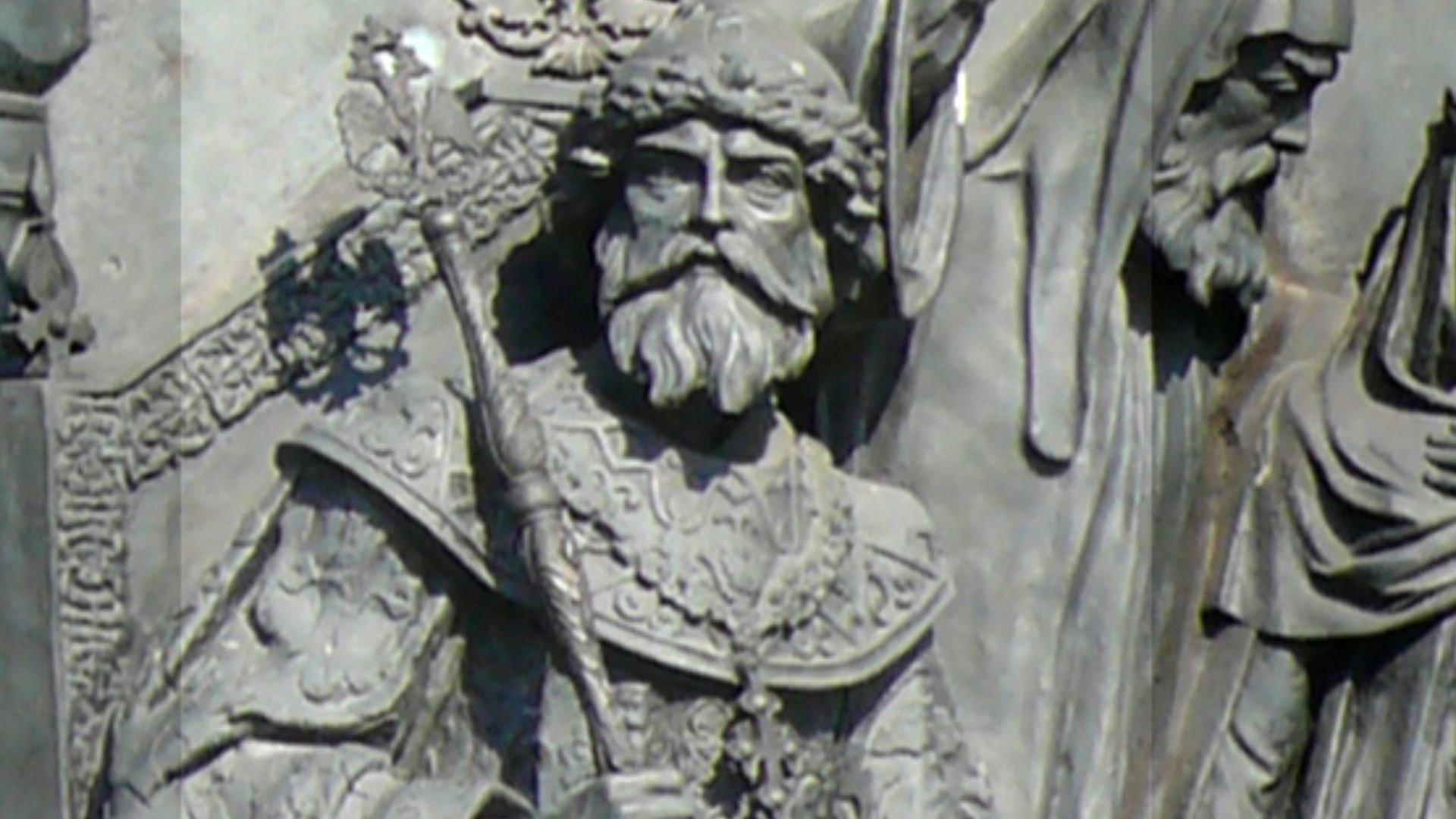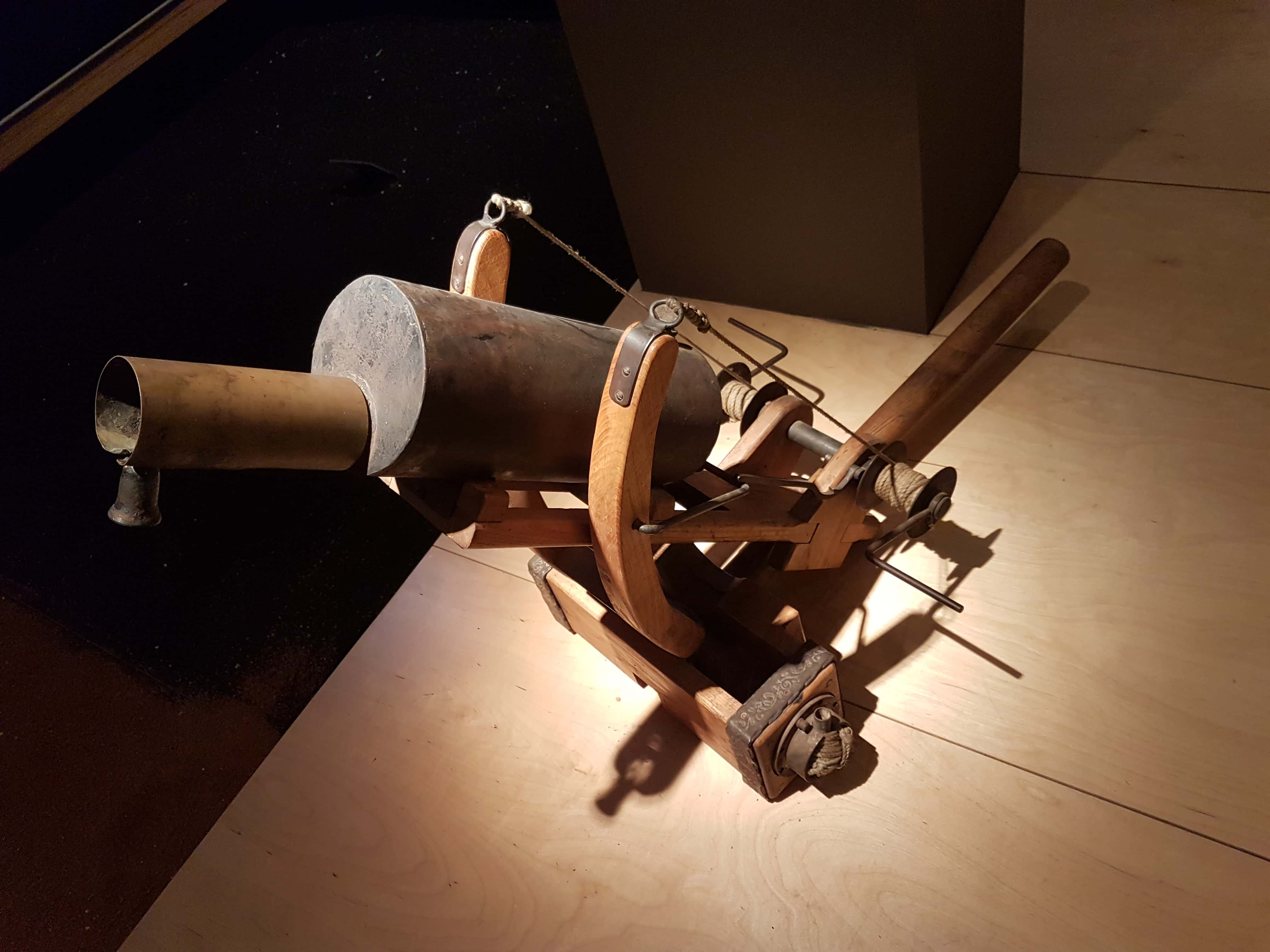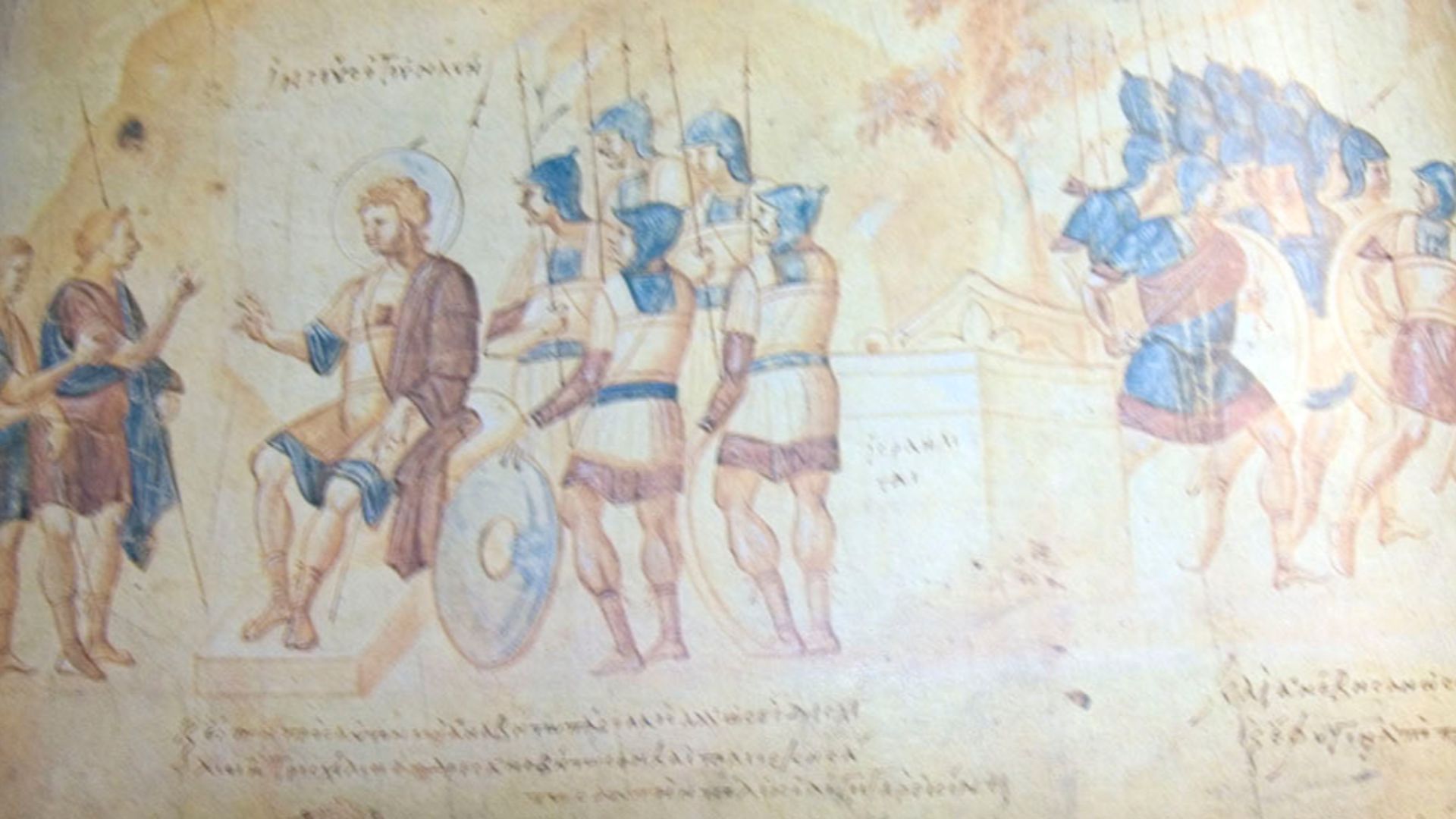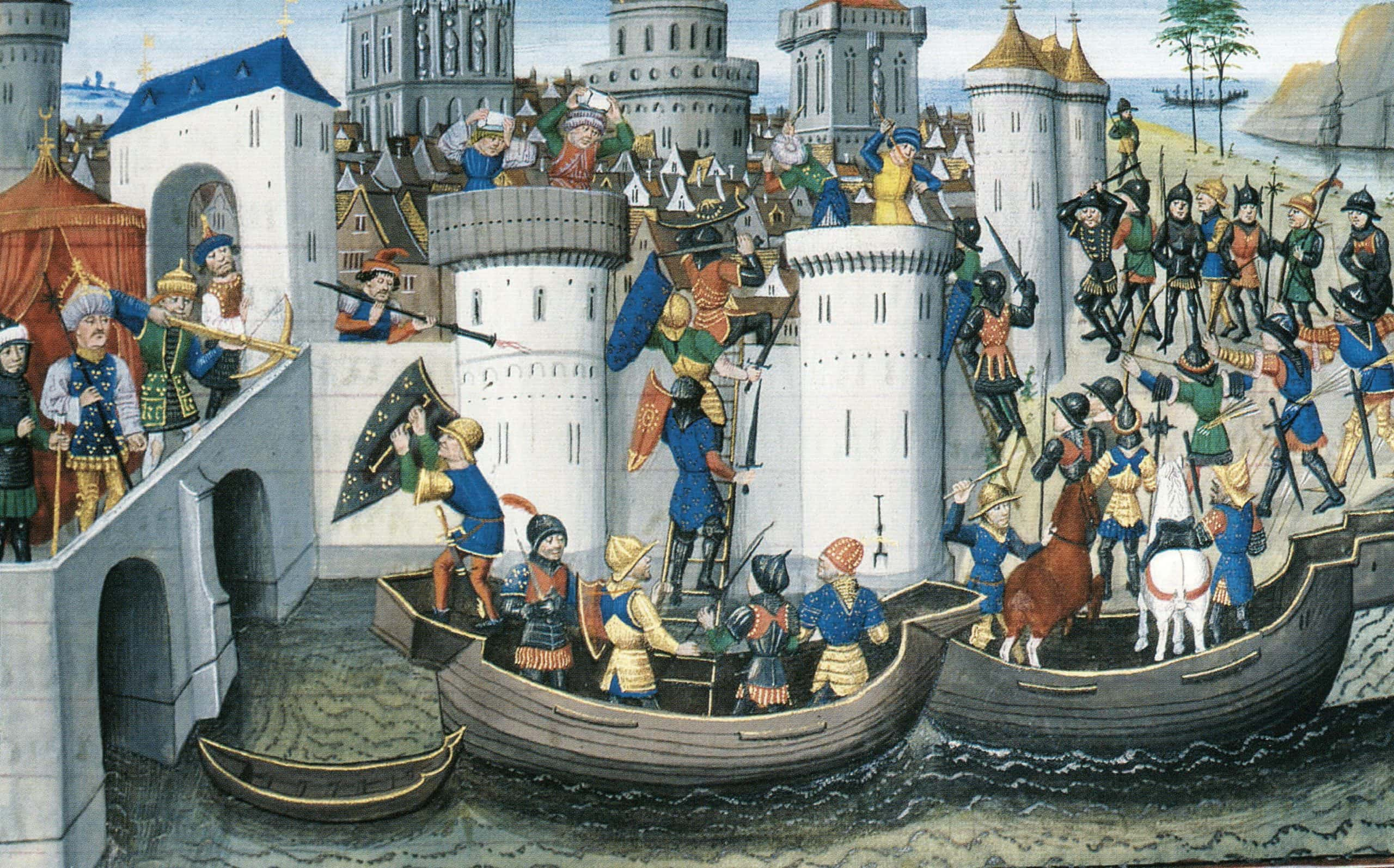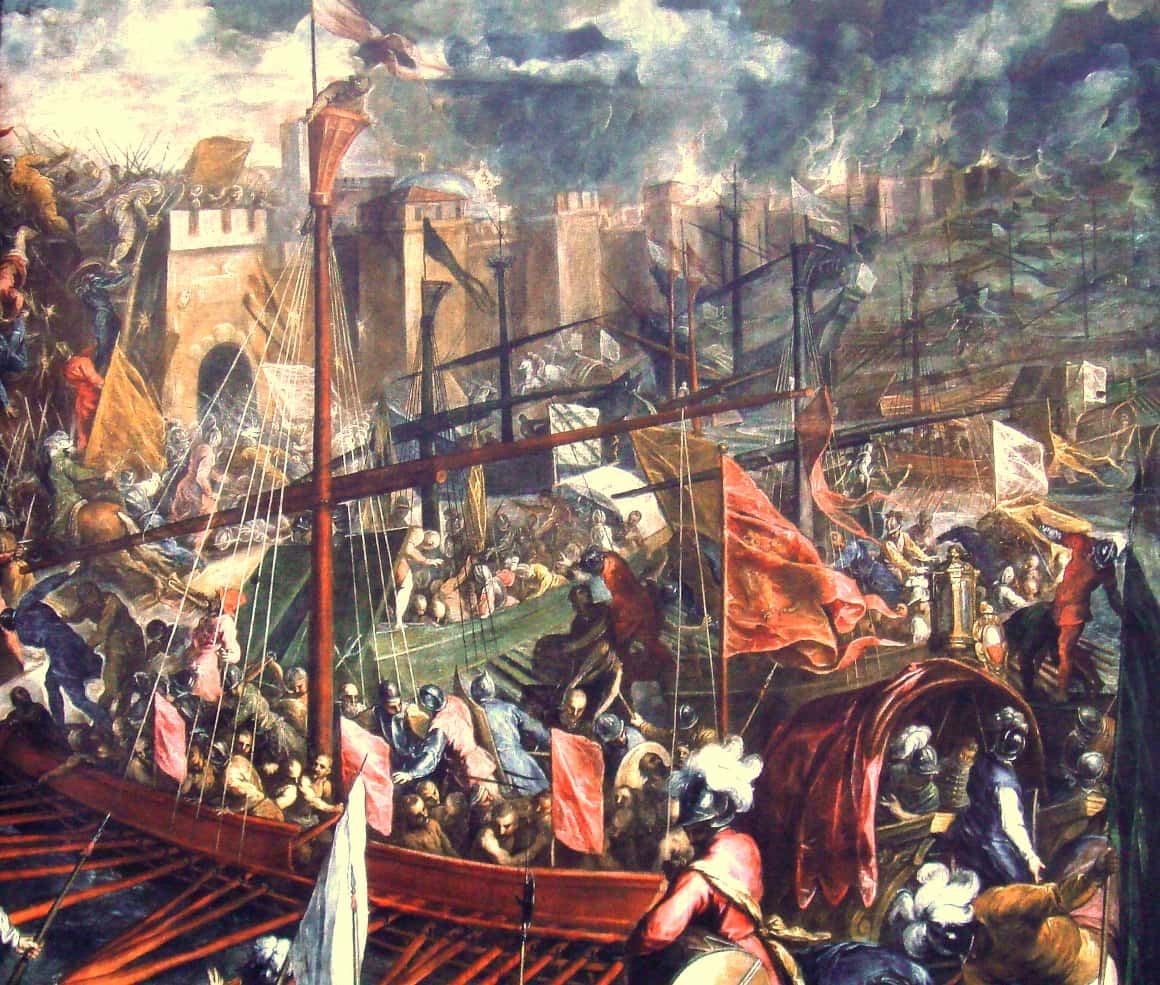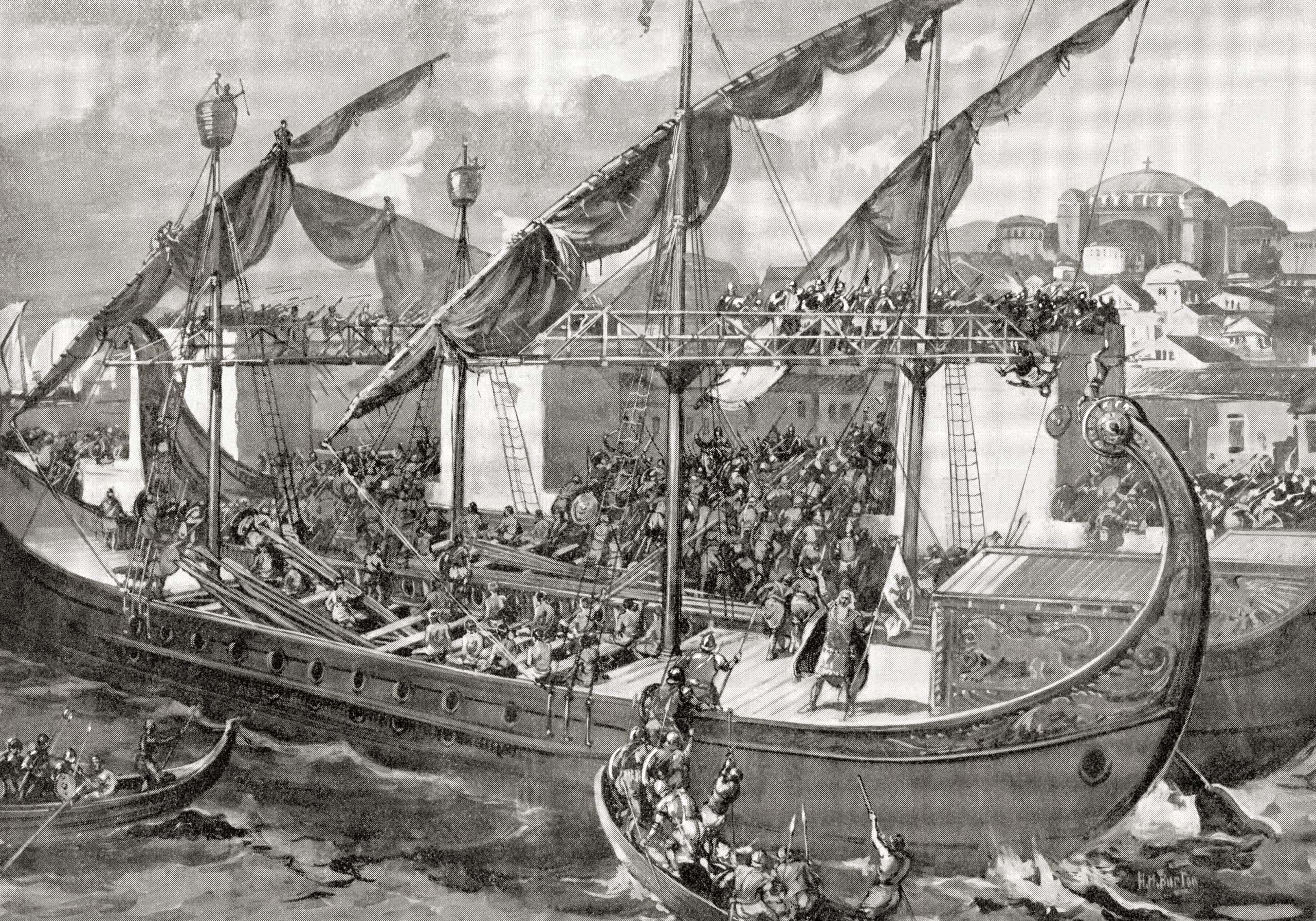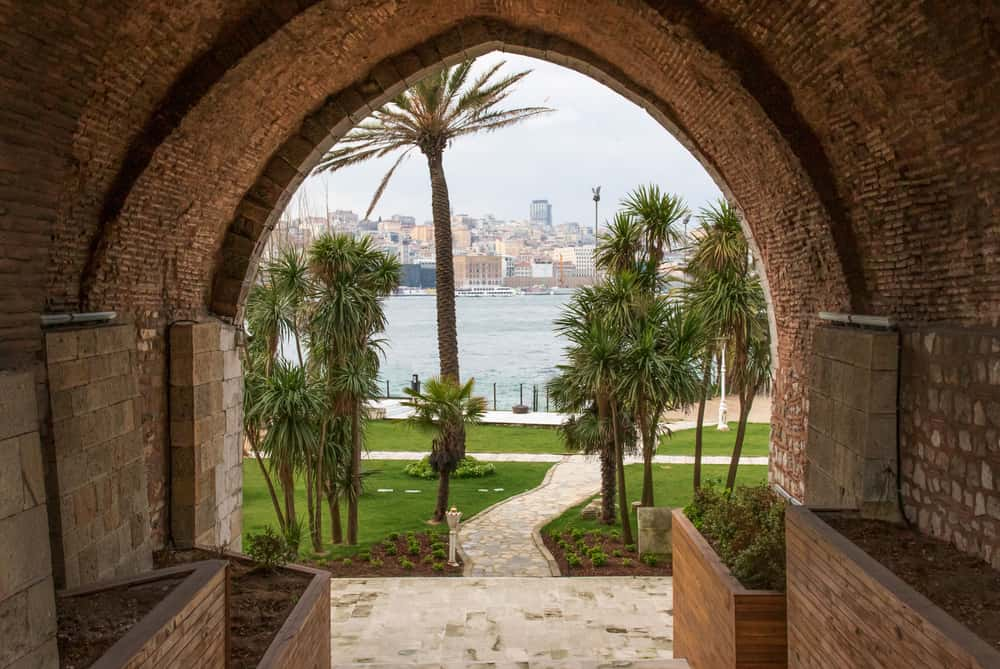The Ancient World's Most Influential City
Before it was ever known as Istanbul, and after it was known as Byzantium, a Greek settlement in Anatolia, Constantinople was one of the most influential cities of the ancient world. Located on the border between Europe and Asia, it was a doorway which was used by merchants, armies, and royalty—in both directions. Despite fallen empires, brutal wars, devastating diseases, and just about everything else that goes wrong in human history, Constantinople endured through the centuries. Naturally, such an important city with such a long life has some pretty remarkable stories etched within its walls. After fighting off invaders for nearly 1,000 years, Constantinople finally fell—all because someone made a horrible mistake.
Enjoy these facts 42 about Constantinople, the city that was once considered the center of the world.
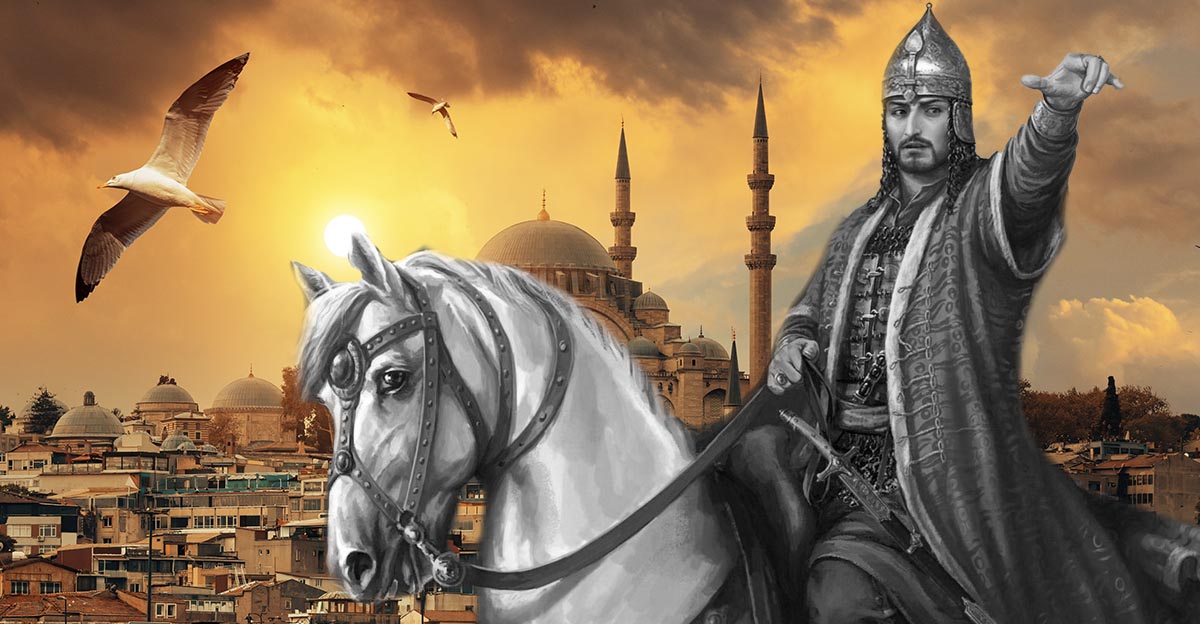
42. Early Days
Allegedly, the first settlement of the area which became Constantinople was a Thracian town called Lygos. Lygos was said to have been founded as far back as the 13th or 11th century BC. By 657 BC, the site was said to have been abandoned when Greek settlers founded the settlement called Byzantium.
41. All That Paperwork…
During the time of the Roman Empire, the city of Byzantium was given a new name or two. Emperor Septimius Severus renamed the city Augusta Antonia in the early third century AD. That name didn’t stick, however, and Byzantium reverted to its Greek name, until Emperor Constantine I switched the capital of the Empire from Rome to Byzantium in 330 AD. He called it Nova Roma (New Rome), but the city eventually took the name Konstantinoupolis, eventually most commonly being known as Constantinople.
40. Heck of a Contract
It took over six years to build Constantinople on top of the old Byzantium, with construction finally finishing in 330 AD. Despite this, the building program was done at breakneck speed. In many instances, temples and buildings throughout the empire were uprooted piece by piece and taken to the new capital!
39. Take Me Out to the Ball Game…
One of the largest structures in the ancient city of Constantinople was the Hippodrome. Built to host chariot races, the Hippodrome was said to seat more than 80,000 spectators. How’s that for a day at the races?
38. Vanity Project
At the center of the city stood the Forum of Constantine, named after the man who ordered its construction. Next to the Forum was the Column of Constantine (the man may have had a Narcissus complex). Dedicated with a mix of Christian and pagan ceremonies in 330 AD, the 50-metre tall column was initially topped with a statue of Constantine himself made to look like the Greco-Roman god Apollo.
37. Long Lifespan
The column is said to have lasted more than 700 years before the whole statue and a portion of the column itself broke off in 1106 AD due to particularly strong winds. The statue was replaced with a cross which stood for a few more centuries until it was taken down during the Fall of Constantinople (more on that later).
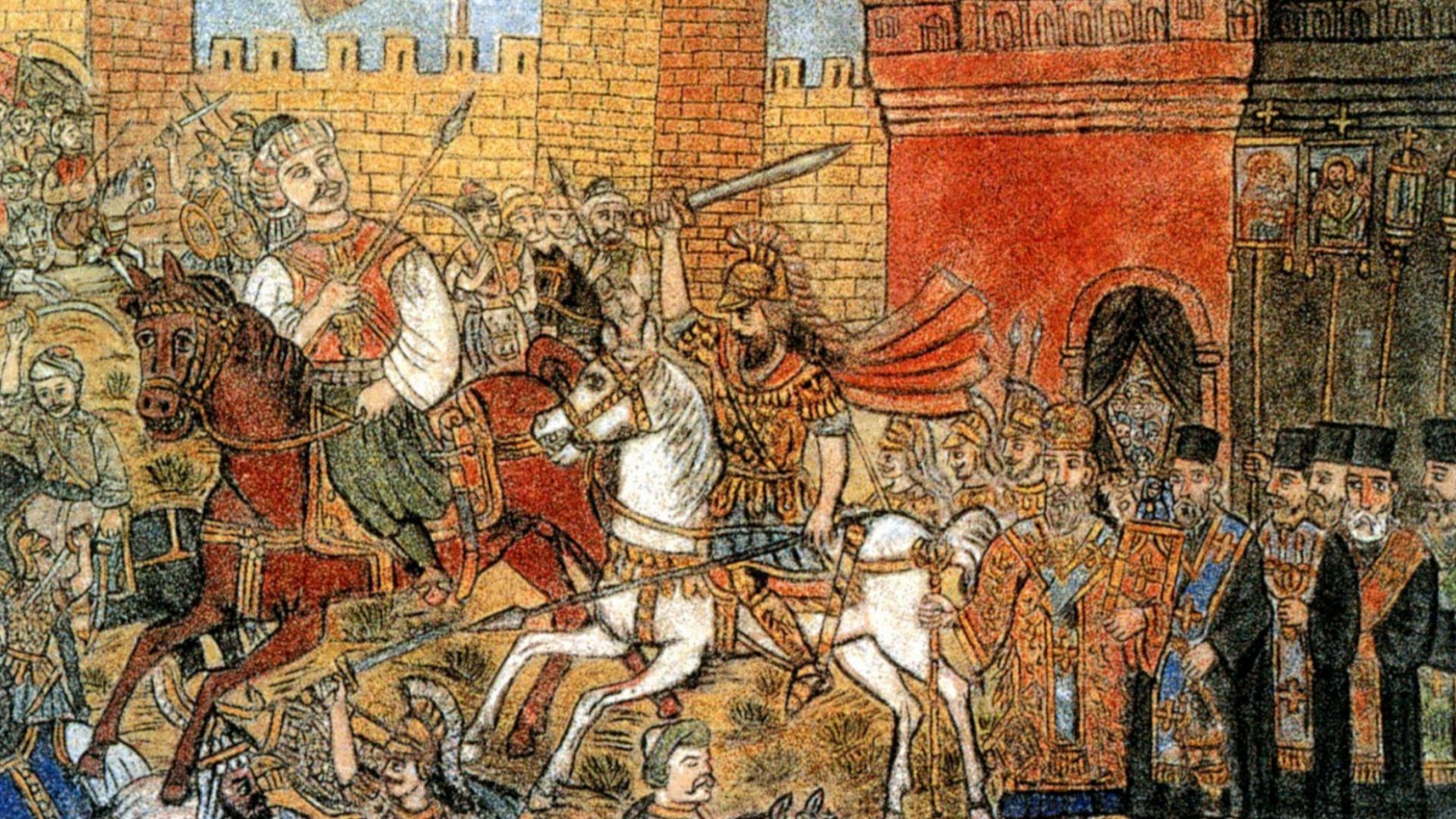 Theophilos Hatzimihail, Wikimedia Commons
Theophilos Hatzimihail, Wikimedia Commons
36. Embracing that Quiet Life
Before it was Constantinople, the city-state of Byzantium had a prosperous existence, but compared to the likes of Sparta, Athens and Thebes, it was never particularly significant in ancient Greek history before the rise of Rome. You could say it was like one of the Greek heroes who didn’t get mentioned much in the Trojan myth, but at least they got home safe and sound, unlike Achilles or Ajax.
35. I Hate This New Place
Despite being constructed to become the New Rome, Constantinople was rarely used by the emperors following Constantine’s death. Between 337 and 379 AD, the city had an emperor as resident for fewer than twelve years. Some trends take time to catch on.

History's most fascinating stories and darkest secrets, delivered to your inbox daily.
34. Good Track Record
From the death of Constantine in 330 AD to the Fall of Constantinople in 1453, the city was recorded to have been besieged at least seventeen times. Only two of those attempts were successful (though the Byzantines did recapture the city after the first time).
33. Out with the Old
Emperor Constantine’s motivations for founding Constantinople were more than just naming a big city after himself—he was in the middle of reforming the empire, especially since he was the first Roman emperor to embrace Christianity. He also recognized that Rome was not a satisfactory capital anymore. Despite its long history, the city of Rome had become too decadent, as it was too isolated from the frontiers, which meant the politicians ruled supreme. Byzantium was easy to defend from attack, it had a great climate and location, and Constantine could start fresh with it in a way that he couldn’t with Rome.
32. This is Our Backyard
One aspect of Constantinople’s location which made it so profitable was the waterway known as the Golden Horn, a horn-shaped inlet which in antiquity formed a deep, natural harbor for the city. The people of the city also set up defenses in the Golden Horn which included a huge chain which could be raised up to prevent ships from sailing in or out.
31. We Have a Bronze Gate for the Commoners…
Whenever an emperor of the Byzantine Empire wanted to return triumphantly to the city of Constantinople, he would most likely pass through what was called the Golden Gate. This entry was exclusively used as a ceremonial route of honor for triumphant emperors, but occasionally it could be used to honor special guests to the capital city, such as Pope Constantine in 710 AD.
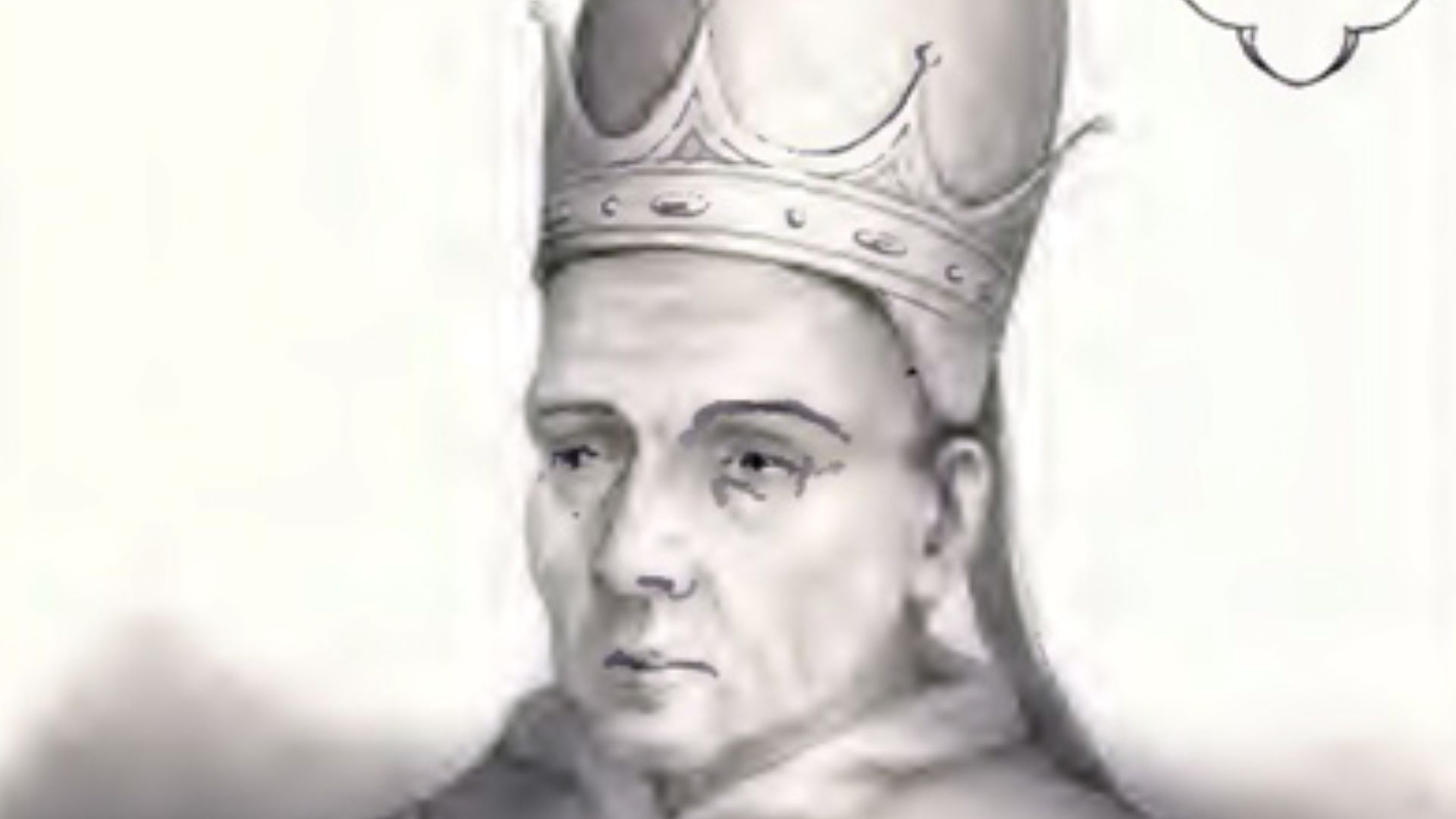 Artaud de Montor (1772–1849), Wikimedia Commons
Artaud de Montor (1772–1849), Wikimedia Commons
30. The Walls of Constantinople
With the death of Emperor Valens and thousands of Roman soldiers at the disastrous Battle of Adrianople, his successor, Emperor Theodosius II, took drastic actions to protect Constantinople from invaders. In the early 4th century BC, Theodosius II began construction of massive double walls which replaced the Constantinian Wall as the city’s main line of defense.
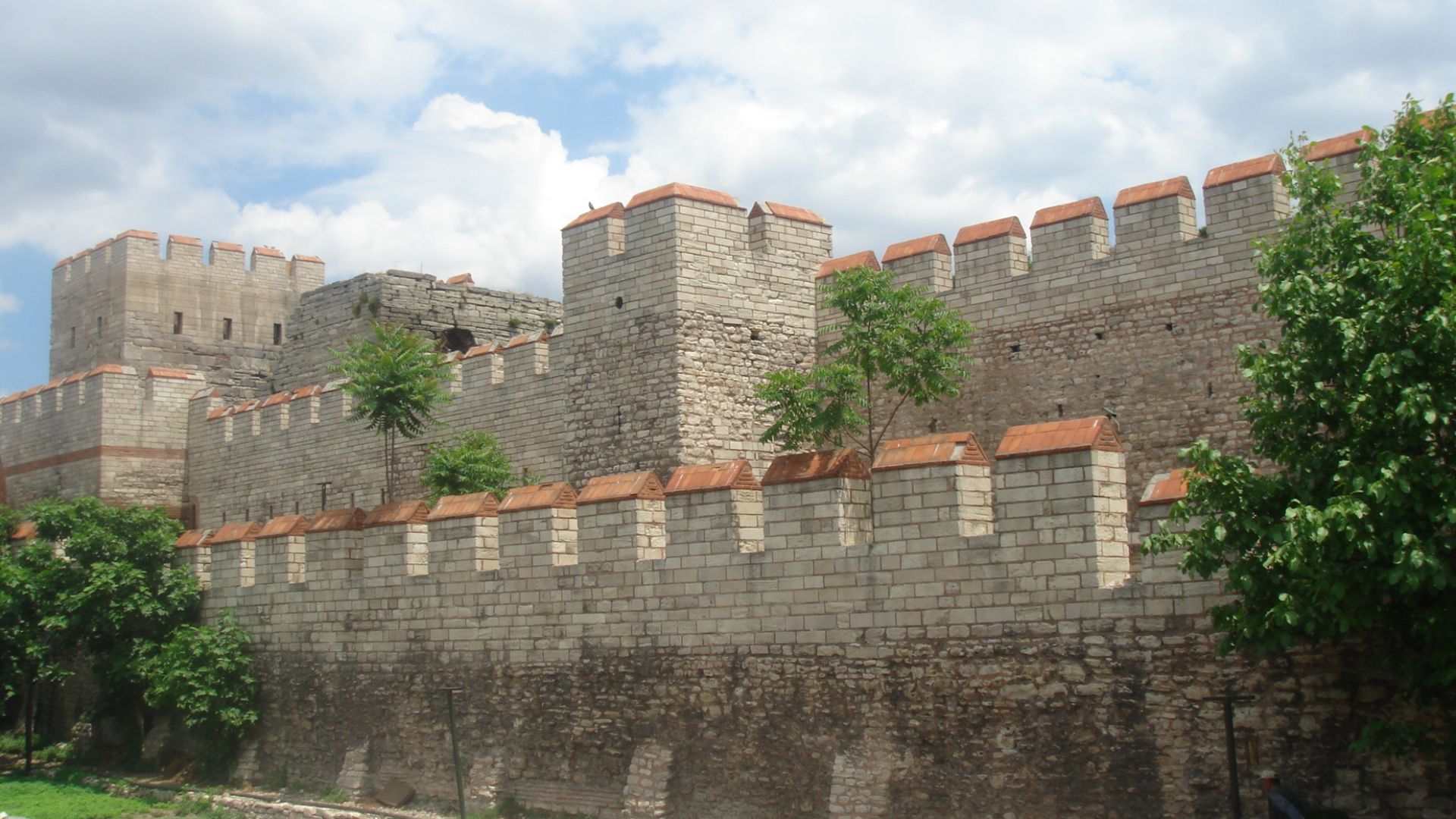 en:User:Bigdaddy1204, Wikimedia Commons
en:User:Bigdaddy1204, Wikimedia Commons
29. Big City
It’s said that during the 9th and 10th centuries AD, Constantinople had a population of up to 800,000 people.
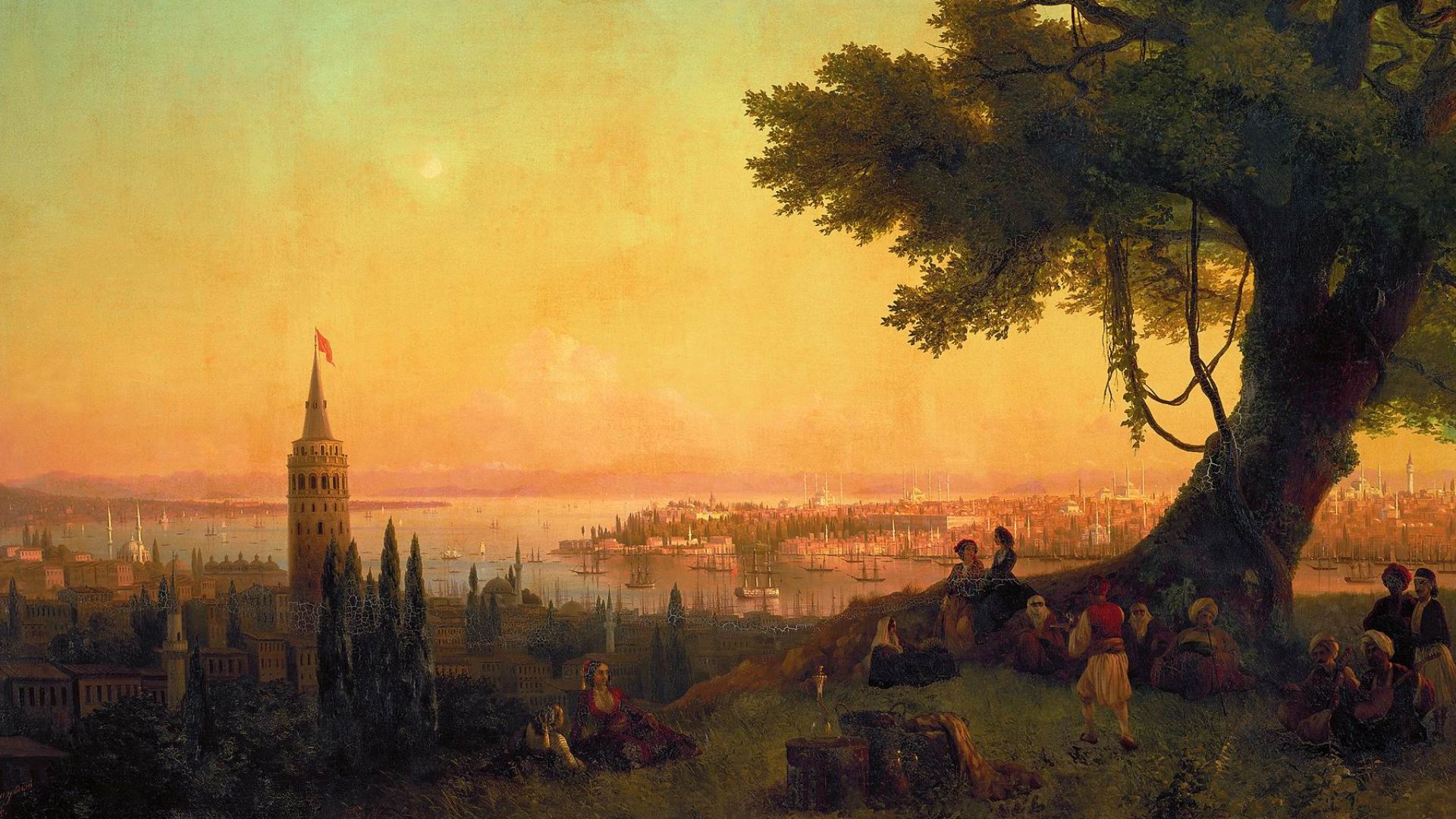 Ivan Aivazovsky, Wikimedia Commons
Ivan Aivazovsky, Wikimedia Commons
28. Imagine the Cemeteries…
By contrast, the city of Constantinople’s population was devastated in later centuries by both warfare and the emergence of the Black Plague. By the time the city fell, it had a population of just 50,000 people. Quite a downfall.
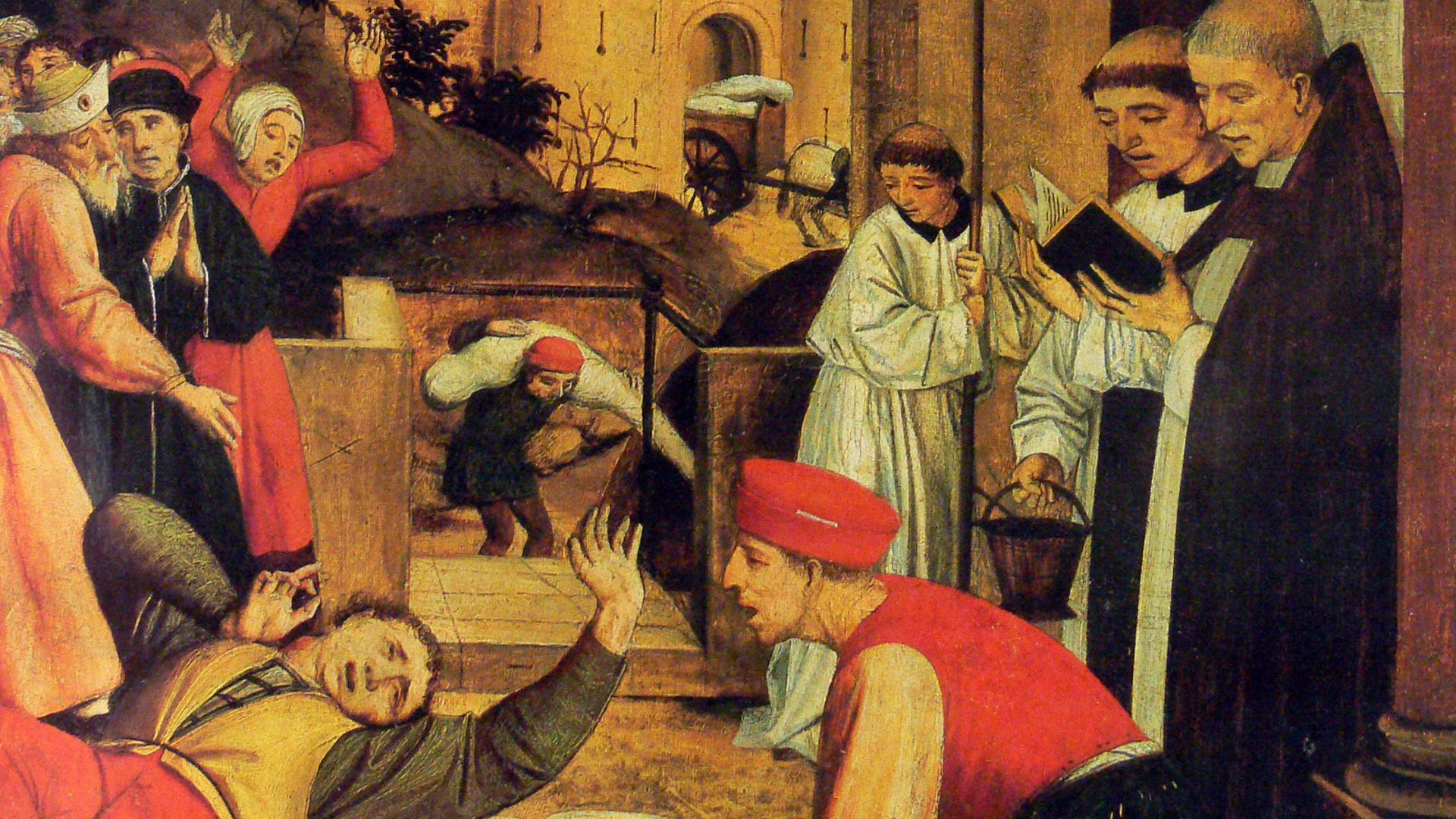 Josse Lieferinxe, Wikimedia Commons
Josse Lieferinxe, Wikimedia Commons
27. Come and Get Us!
The Theodosian Walls were rightly seen as an archeological marvel of antiquity, proving strong enough to resist siege after siege. Only with the invention of gunpowder and cannons was it possible to make a dent in the impressive fortifications, but in the early days of cannons, they were so slow to reload that the citizens of the city could begin repairing the damage in between blasts!
26. Which Place Are You Referring To?
Constantinople’s size, prestige, and wealth meant that it gained quite a reputation in the world. Among its nicknames were Megalopolis (“the great city”) and Basileousa (“queen of cities”). The Arabs referred to it as Rūmiyyat al-kubra (“city of the Romans”), the medieval Vikings referred to it as Miklagard (“big city”), while the Slavs in Russia called it Tsargrad (“city of the Caesar”). How many names can one city have?
25. This Plan Has Some Flaws…
In 717 AD, an army and fleet of Muslim Arabs from the Umayyad Caliphate besieged Constantinople as a climax to the Arab-Byzantine Wars. However, the city was well defended, and managed to keep the sea routes open due to their use of Greek Fire and the boom chain protecting the Golden Horn, meaning that they couldn’t be starved into submission.
24. It Gets Worse
For a while, the besieging army was well-provisioned too. They entrenched themselves and attempted to get over the walls. However, the defenses were too strong, and the longer they stayed, the worse the weather got. Before long, a cold winter settled in, leading to three months of snow and ice. The besieging army is said to have starved by the thousands before throwing in the towel and retreating.
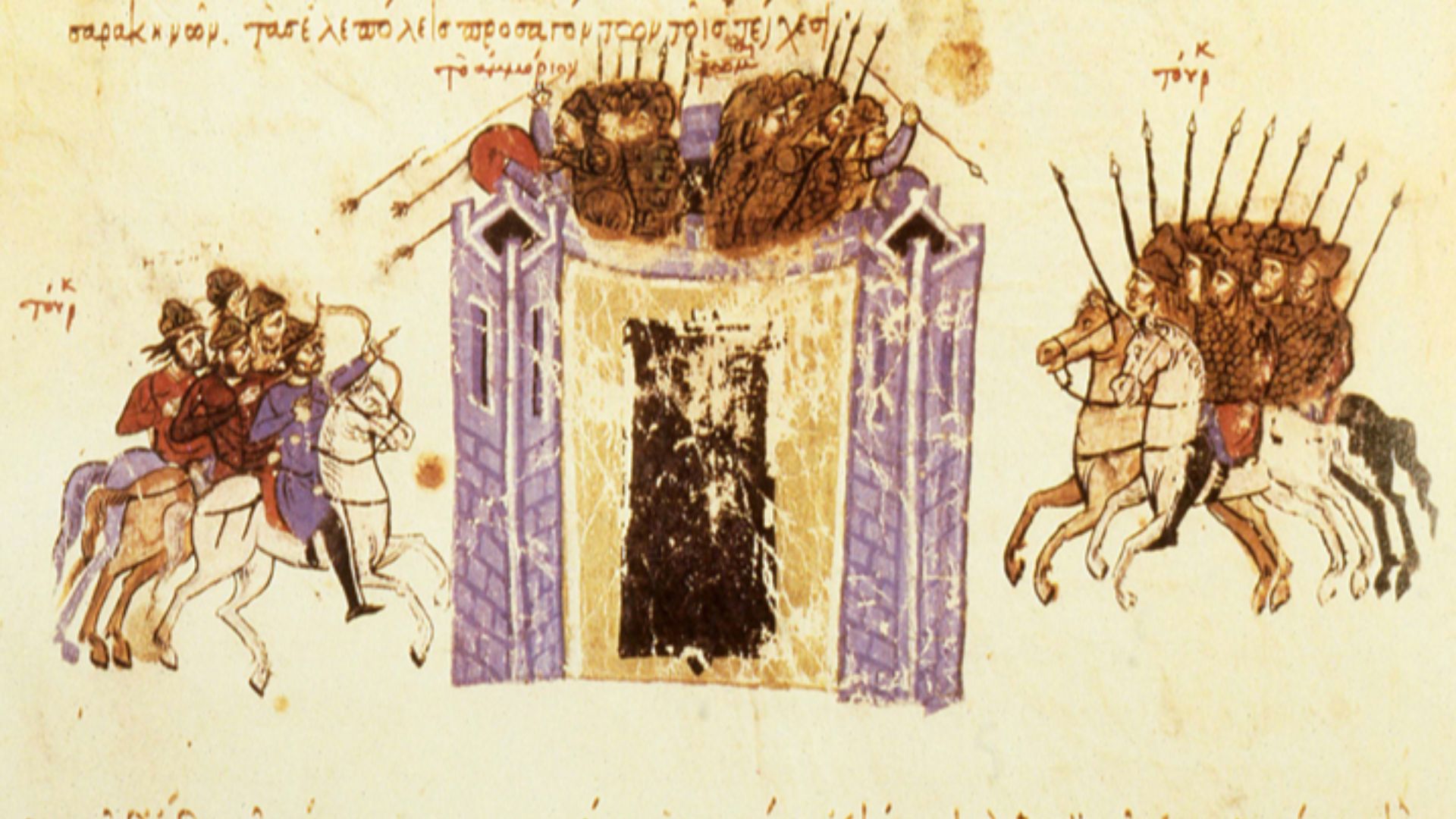 Unknown, 12th/13th century author, Wikimedia Commons
Unknown, 12th/13th century author, Wikimedia Commons
23. We Need a Makeover, But Not Too Much
After the Roman Empire was split in two, and the western half famously fell in the fifth century AD, the eastern half managed to endure, becoming known as the Byzantine Empire. Roman traditions were preserved, with great influence from the Greeks, who remained part of the Byzantine Empire. Constantinople continued to be the capital city. While the Byzantine Empire nearly succeeded in reconquering the western half of the former Roman Empire, it never achieved those heights of power and influence. However, it did manage to endure until the 15th century, with Constantinople continually being at the center of its politics and conflicts.
22. Can I Register for a Library Card
Of all the great libraries of the ancient world, the Imperial Library of Constantinople was the last one to fall. Even as the others were destroyed, with all that ancient knowledge lost in the destruction, the Imperial Library endured for nearly a millennium, preserving knowledge which would later fuel the Renaissance movement in Western Europe.
21. We’re Closed Indefinitely
Sadly, even the Imperial Library of Constantinople was eventually destroyed. During the Sack of Constantinople in 1204 (we're getting there), the library was plundered and burned amidst the mayhem. The library supposedly survived for a little while beyond that, but what remained was lost when the city fell in 1453.
20. I Call That a Sanitarium
Constantine wasn’t the first Roman Emperor to oversee big building plans in the city of Constantinople. When it was still called Byzantium, Emperor Septimius Severus ordered the construction of the Baths of Zeuxippus. This famed bathhouse became legendary in antiquity, with crowds continually coming to bathe or exercise within. It was also denounced by the clergy as a place where lewd behavior might be carried out, though that didn’t stop monks from going as well! Sadly, the Baths of Zeuxippus lasted for fewer than 400 years, being destroyed during the Nika Riots (more on those later).
19. Now They Just Need Their Own Hunchback
For nearly a thousand years, Constantinople held the largest cathedral in the world. The Hagia Sophia was built in 537 AD in the age of Justinian to replace buildings damaged during the Nika Riots (we WILL get to them). It has been described as the crowning achievement of Byzantine architecture, including the huge, freestanding dome which makes up a large part of the structure. It was said that the dome was held up by God’s will and nothing else, a testament the building that was considered an architectural wonder of the age. The Hagia Sophia was converted into a mosque in 1453, and now serves a museum and one of the most popular tourist destinations in all of Turkey.
18. Drama Queen
The Hagia Sophia was officially dedicated on the 26th of December 537 AD, with Emperor Justinian himself in attendance. During the event, Justinian was so overcome by the magnificence of the moment that he allegedly fell to his knees and cried out that he’d outdone the famous Temple of Solomon in Jerusalem. Since the Temple of Solomon had been destroyed centuries before, there’s sadly no way to confirm if Justinian was right to brag.
17. No Wonder We Feel Safe!
While it’s hard to determine exactly how tall the Walls of Constantinople were, it’s been alleged that they stood as high as 12 meters in their prime!
16. They Don’t Build ‘Em Like They Used To…
In the late 20th century, a process to repair and restore the Walls of Constantinople went underway, helped with the support of UNESCO, who declared the Walls to be a world heritage site. However, the building process was found to be done too carelessly, with inappropriate materials used to match with the original structure, and overall just being a rush job. This was proved when a series of earthquakes in 1999 caused the restored sections to collapse, while the original ruins were unaffected!
15. From the Ashes…
The fall of Constantinople in 1453, which also marked the end of the Byzantine Empire, has often been cited by historians of the western world as the time when the Middle Ages ended once and for all.
14. … The Phoenix Rises
It also influenced the birth of Renaissance, as Byzantine refugees fled west and helped create a revival of Greek and Roman studies in western Europe. Meanwhile, in Russia, Ivan III had married Constantine XI's niece just before Constantinople fell. Constantinople’s fall led Moscow to be declared the Third Rome (mostly by Russians at the time). On the Ottoman side, it represented a huge triumph for them, and led to them absorbing the Balkans into their empire and threatening the rest of Europe right up until the 20th century.
13. Was the Inventor Named Tyrion By Any Chance?
One major defense which the Byzantine Empire first developed in the 7th century AD was known as Greek Fire. It’s unknown what exactly it was made of (since the Byzantines kept it a closely-guarded secret), but Greek Fire was a material which continued to burn even when it was on water. The Byzantines even developed a primitive nozzle which allowed them to spray the material onto enemy ships! This terrifying weapon proved essential in defending the city from enemy fleets.
12. East vs. West
By the 13th century AD, the western kingdoms of Europe had launched several Crusades to liberate the Holy Land from the Muslims in the name of Christendom, with diminishing success. To make matters worse, there was tension between the Catholics of the west (known as the Latins) and the Orthodox Christians of the Byzantine Empire in the east. It didn’t help that many merchants from the west settled in Constantinople and became a powerful faction. Things had deteriorated so badly by the 12th century that in 1183 AD, a massacre of the Latin population of Constantine was carried out.
11. The Clouds Burst
The massacre triggered a furious outcry from the western kingdoms, but the reckoning for Constantinople didn’t come until 1203, when the Fourth Crusade sent eastwards found itself within Constantinople just as the city itself was going through violent regime changes. This instability, coupled with the addition of thousands of Crusaders with loot on their minds, led to the city being placed under siege in the spring of 1204.
10. Crusades Vs Constantinople: Part 1
At first, the Crusaders besieging the city of Constantinople in 1204 were hampered by bad weather getting in the way of their attacks. The defenders repelled the assaults upon their walls for over a month, until the weather finally turned, and the attackers were motivated to launch a second siege.
9. Crusades Vs Constantinople: Part 2
The second siege of Constantinople by the Fourth Crusade began with their ships using strong northern winds to attack the towers protecting the Golden Horn. They managed to overcome those defenses and fight their way into the city itself. Despite the vicious fighting, the attackers slowly pushed their way through, as the defenders of the city began to panic. Emperor Alexios V fled into the countryside as the city fell to the Crusaders.
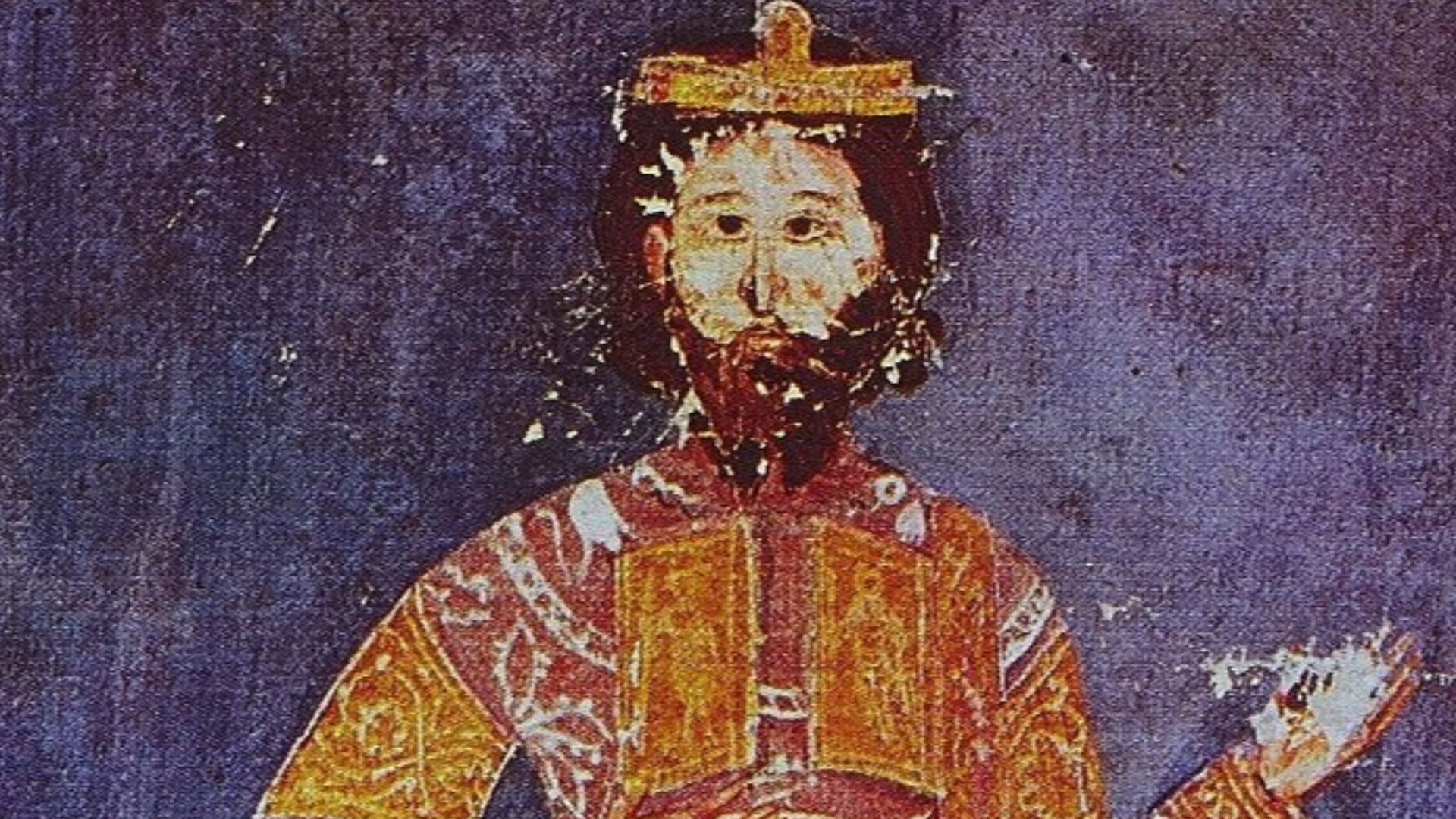 Unknown authorUnknown author, Wikimedia Commons
Unknown authorUnknown author, Wikimedia Commons
8. Unprecedented Slaughter
The destruction caused by the victorious crusaders in the 1204 Sack of Constantinople was devastating. Three days passed as the knights and soldiers looted the ancient capital of the Byzantine Empire. Countless artifacts of the ancient world were lost forever, churches were plundered by men who forgot the threat of excommunication, and the inhabitants were exposed to every outrage imaginable, with nobody spared from the horror.
7. The Beginning of the End
After the Sack of Constantinople in 1204, the Byzantine Empire never recovered. While they did manage to regain their capital city and keep it for another two hundred years, the damage had been done, and the empire fell into a sharp decline. Not only that, but the relationship between the Catholic and Orthodox churches was tainted for centuries.
6. Gangs of Constantinople
Back in the days of the ancient Roman and Byzantine empires, sporting events became just as contentious and divided as, well, they are today in many parts of the world. Associations formed supporting different teams, leading to fierce loyalty to their own team and hostility to others. Street violence and even political influence became part of the sporting rivalries, especially where chariot racing was concerned.
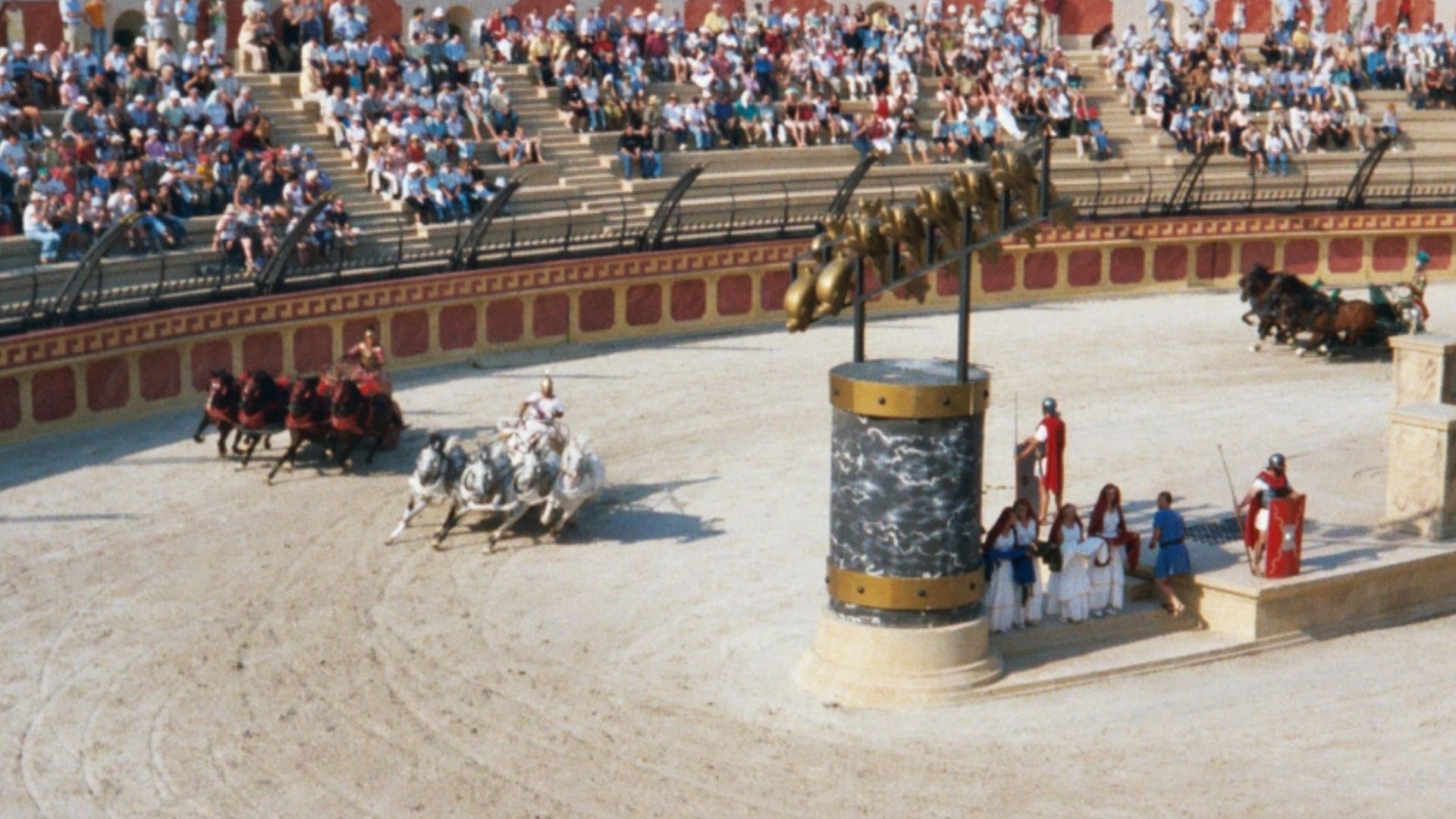 Midx1004 at English Wikipedia, Wikimedia Commons
Midx1004 at English Wikipedia, Wikimedia Commons
5. The Byzantine Equivalent of the Red Sox vs the Yankees
By 532 AD, two factions had risen to prominence in the chariot-racing world of Constantinople: the Blues and the Greens (because life is sometimes like an episode of Power Rangers). The Byzantine Emperor at the time was Justinian I, and in 532, he was forced to demand high taxes from his subjects, which angered several senators. However, things got intense when members of the Blues and Greens were executed for their involvement in a riot over a chariot race. This left both factions very resentful of the Emperor.
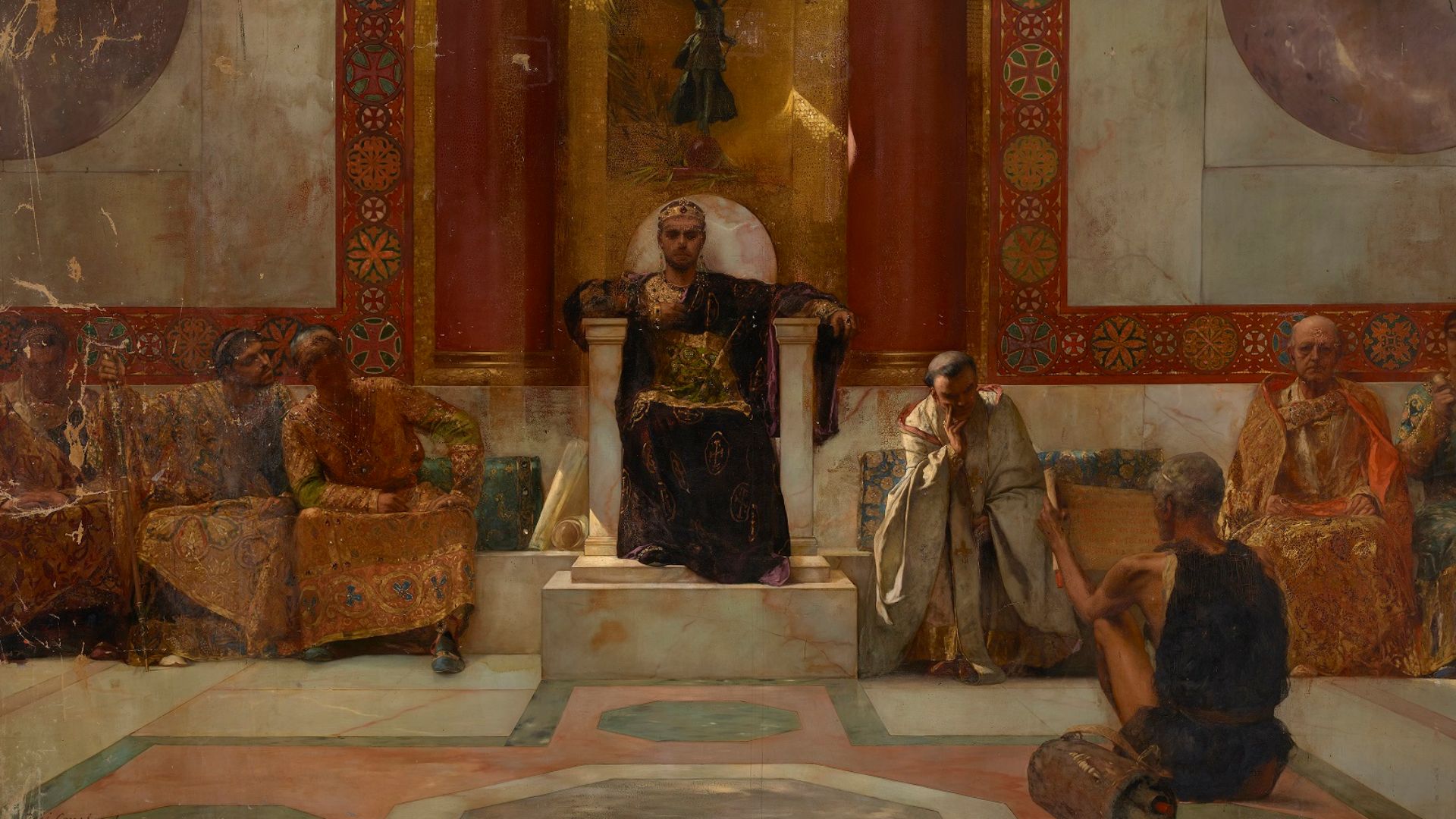 Jean-Joseph Benjamin-Constant, Wikimedia Commons
Jean-Joseph Benjamin-Constant, Wikimedia Commons
4. Let’s Burn it All Down!
At the next games following the executions, the Blues and Greens, as well as their supporters, turned the audience into an angry mob against Justinian, who was watching the race from his palace. The resentful senators (remember them?) took advantage of the angry mob to make demands of Justinian while also finding a candidate to overthrow him and replace him as the new Emperor. Most of the city of Constantinople is said to have burned down during what are now called the Nika Riots, named for the way that the united Greens and Blues chanted “Nika” which meant “victory” or “conquer.”
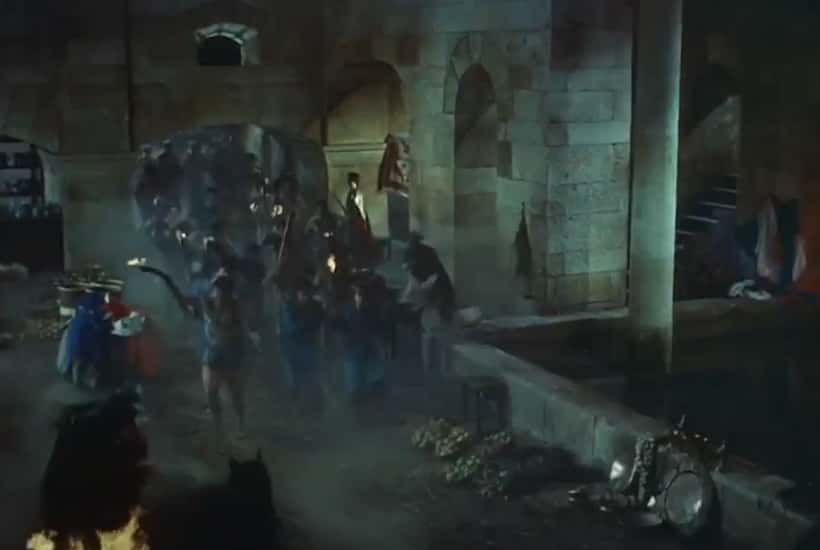 Theodora, Slave Empress (1954), Lux Film
Theodora, Slave Empress (1954), Lux Film
3. The Tide Turns
Justinian was all for fleeing Constantinople, but his wife, the Empress Theodora, refused to bow down to pressure. She declared "Those who have worn the crown should never survive its loss. Never will I see the day when I am not saluted as empress." With that kind of pep talk, Justinian got over his panic and formed a plan. He played the Blues and the Greens off of each other, reminding them that the senators’ new candidate for Emperor supported was a Green while Justinian was a Blue. This caused enough inner conflict to allow Justinian and his loyal troops to march in and kill thousands of the rioters. Justinian also executed the candidate, exiled those senators who’d turned on him, and rebuilt Constantinople. All thanks to his wife refusing to give up the good things in life!
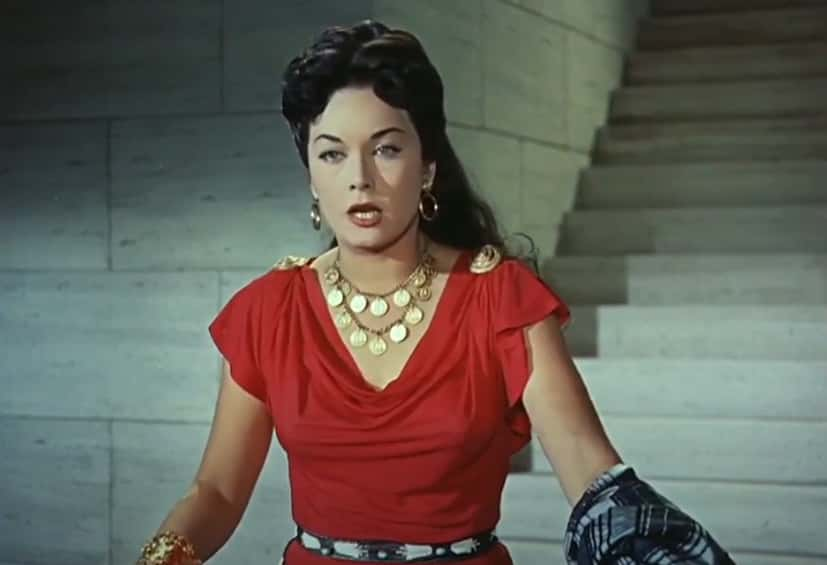 Theodora, Slave Empress (1954), Lux Film
Theodora, Slave Empress (1954), Lux Film
2. Enemy at the Gates
In 1453, an army from the Ottoman Empire, led by Sultan Mehmed II himself, besieged Constantinople. His forces included a fleet of more than 100 ships, heavy cannons, and more than 200,000 soldiers. Safe to say the people inside were outnumbered and outgunned!
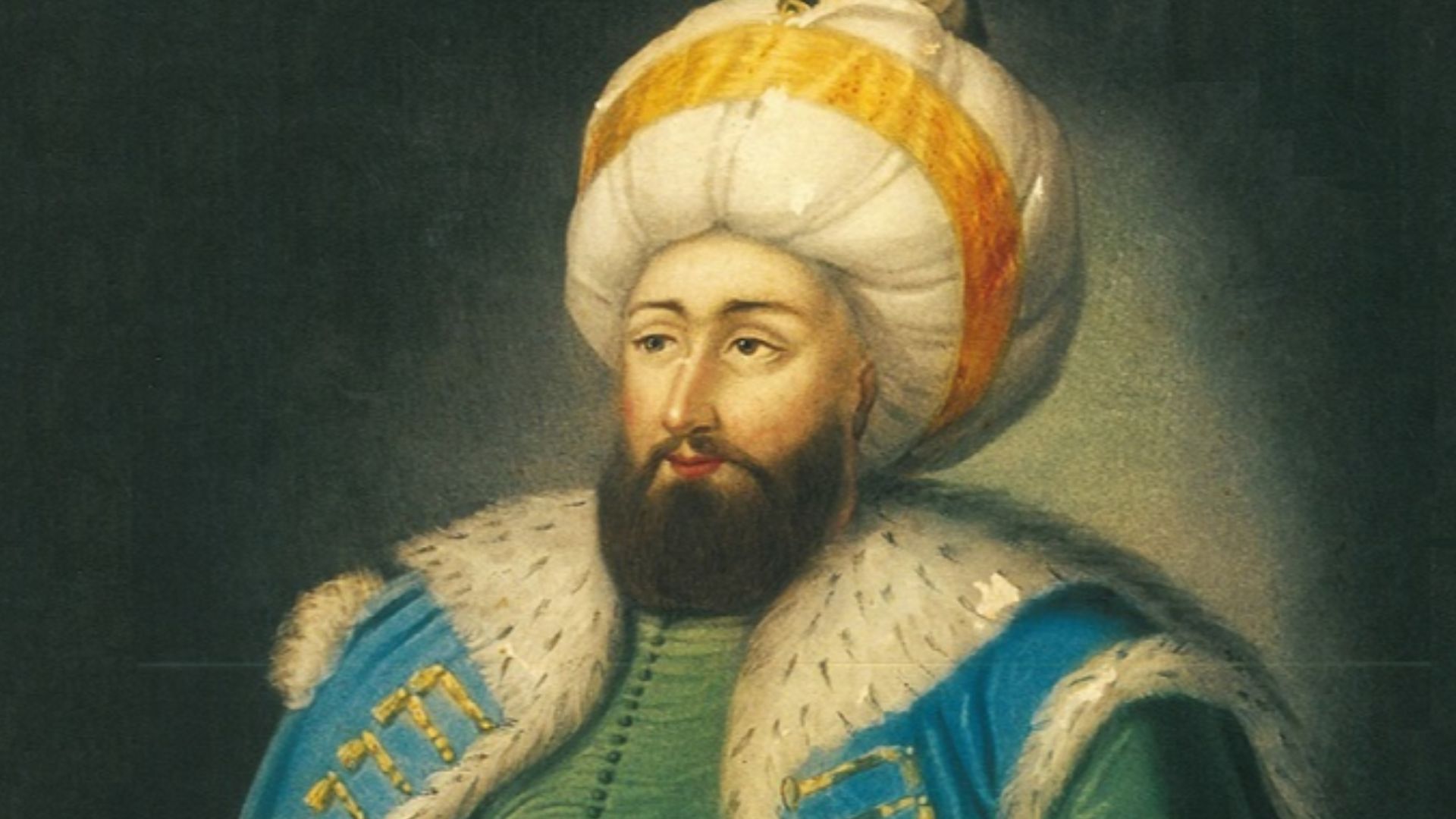 Konstantin Kapıdağlı, Wikimedia Commons
Konstantin Kapıdağlı, Wikimedia Commons
1. Alright, Who Did That!??
After two months of besieging the city, Sultan Mehmed II’s expenses were continually growing, and his Grand Vizier’s protests against the invasions were starting to sound prophetic. However, the tide turned in his favor… thanks to the remarkable fact that someone had left the Kerkoporta gate open on the 29th of May, 1453! To this day, nobody is completely sure how that happened, though some speculate that it might have been a repair crew trying to shore up defenses in the event of the next attack (irony!). Regardless of how it happened, the end result was the same: the Sultan’s forces gained a foothold into the city, Emperor Constantine XI and many of his subjects were killed, many others were enslaved. It was this event that got the city the new name which it still bears to this day, though technically the name wasn't officially changed until 1930.
Sources: 1, 2, 3, 4, 5, 6, 7, 8, 9, 10, 11, 12, 13, 14, 15, 16, 17

